Lisbon For Culture Lovers – A Long Weekend Guide
There is something for everyone in this relatively compact capital city. But for the culture lover, Lisbon is a supreme destination. It would take several long weekends to try out everything the city has to offer; I hope this guide will help you to get your bearings in Lisboa.
Lisbon For Culture Lovers
Lisbon is a complex city. First of all, the experience of it is a little like Venice – because of all the hills you think you know where you’re headed until you pop up somewhere completely unexpected. There are also a lot of layers to the place. The huge impact of the 1755 earthquake. Traces of Roman history. Lisbon as a survivor of the 20th Century. Lisbon, capital of an empire. Lisbon, welcoming natural harbour since Phoenician days. Because the city has been several times broken down and rebuilt, these layers are not neat but rather coexist in an exciting jumble.
If, like me, you like your long weekends to be of a cultural variety, then this is a great place to explore. I could write endless blog posts on this city – luckily for you I have restrained myself, but you can read on below to get an overview of the cultural neighbourhood of Belém, eating and drinking in Lisbon, Lisbon’s lookouts, museums, tiles (azulejos), street art, and religious life.
This guide is by no means exhaustive. We only had five days to spend in the city, and could have easily spent five weeks without exhausting all the options. So my advice is to pick and choose, and, if you make your way to Lisbon for your own cultural weekend, wander the streets and find your own unexpected corners and hidden gems. Enjoy!
Belém
This may seem odd, but our guide starts not with the historic heart of Lisbon, but with the neighbourhood of Belém (Portuguese for Bethlehem). Belém is a few kilometers to the West of Lisbon along the River Tagus, towards the Atlantic. The reason that our guide starts here is that it is a must-see stop for most tourists to Lisbon, but, more importantly for the culture lover, is a cultural powerhouse within the city. Think of it a little like the Greenwich of Lisbon (London Greenwich, not New York Greenwich).
Occupation of Belém goes right back to the Paleolithic era. From the medieval period a Moorish settlement and monastic community made their marks in turn. With Portugese exploration came increased importance for Belém, as ships left from here for far-flung places.
Amongst the oldest monuments today is a military defence, the 17th Century Belém Tower. There is also a high concentration of museums, including the Naval Museum, Folk Art Museum, MAAT (Museum of Art, Architecture and Technology), National Archaeology Museum, Berardo Collection and more. There are too many to see in a single day (trust me, this is the voice of experience). So I suggest taking your pick and working from one end of Belém to the other, leaving a bit of room for chance discoveries.
While in Belém you will also want to stop at the famous Pastéis de Belém. Touristy, sure, but the best pastel de nata we had on our trip. There are numerous places for lunch – we went to Restaurante Esplanada À Margem which has lovely waterfront views. Buses or trams will take you to and from Belém, try to get on early in the route if you want to get a seat.
Miradouros (Viewpoints)
Having explored Belém, the next thing to do to get your bearings in Lisbon is to start wandering around and checking out some miradouros. This is the Portuguese word for viewing point or lookout. When you read the word in guidebooks it is generally referrering to the tiled terrace variety, but I’ve cheated a little and included other types of viewpoints as well.
Of the first kind (elegant tiled terraces), there are plenty in Lisbon, particularly around the Alfama district. The Miradouro de Santa Luzia may have been our favourite, aided by its cafe/bar and handy public toilets. Over in the commercial neighbourhoods you will come across another type of lookout – the plentiful public elevators that cut out some of the city’s hills. Some are properly touristy like the Elevador de Santa Justa, while others are low-key and easily mistaken for office buildings. Not all have views while ascending/descending, but several have lookout terraces. And lastly, be on the lookout (ha!) for views from almost any tourist spot in the city. We loved the long sweep down towards the river from the Miradouro Parque Eduardo VII (third image above). Or from the church of São Vicente de Fora.
So basically, wonderful views abound everywhere in Lisbon. Stopping to take in the sights is not only a nice moment of quiet contemplation. It also helps to understand how the city fits together. And to spot places that you might want to visit, if only you can figure out how to get there!
Museums
Ok, we have investigated Belém. We have looked out at some wonderful views. Let’s get stuck into museums now! Over the next week or so the Salterton Arts Review will be doing a deep dive into several museums: the Roman Theatre Museum, Calouste Gulbenkian Museum, National Museum of Ancient Art, Naval Museum and Frigate Dom Fernando II e Glória. If that sounds like quite a lot for a long weekend, let me tell you – we only scratched the surface of the museums on offer. Also, it was very rainy when we visited and museums are invariably dry and welcoming to the rain-weary traveller.
Basically when it comes to Lisbon, if you can think of a topic, there’s a museum for it. There are all the traditional ones like the national art and archaeology museums I mentioned previously, a Museum of the Orient, Natural History Museum, etc. There are museums to famous citizens like José Saramago and singer Amália Rodrigues. And then it really gets creative. There are museums for tiles, fado music and filigree. Museums for coaches, trams and water. The list is almost endless!
What a place for a museologist, or any kind of culture lover. I could happily spend weeks in Lisbon, visiting a couple of museums a day. From what we saw, they are of a high quality, and entrance fees are mostly cheap. You can either take the approach of researching and shortlisting your favourites, or you could throw a dart at a map and take it from there. I don’t think there are any bad options!
Food And Drink
Like me, you probably need a rest and refuelling stop after all those museums. Well, once again, Lisbon has you covered. And, like in many parts of the world, the food and drink are a good way to learn more about the culture of a place.
What you need to know first about Lisbon is that the Portuguese have a real sweet tooth. As well as the pastéis de nata I mentioned earlier (egg custard tarts), there are numerous varieties of traditional treats. Having one mid-morning or mid-afternoon with a coffee is a nice sugar boost if you’re flagging a bit.
When it comes to the more substantial meals, there are plenty of traditional restaurants to try. We were often hampered by the rain and wanting to find something quickly, so tended towards tourist restaurants, which were still cheap and of reasonable quality. There are a lot of seafood and pork dishes on offer, and we enjoyed a few of the favourites like cod fritters (pastéis de bacalhau) and pork with clams (porco Alentejana). There are many, many restaurants, so with a bit of effort you can get above the quick-fire tourist fare. We particularly enjoyed Chapitô à Mesa, which combines great food with a social justice enterprise.
So from informal sandwich bars to high end tourist shops flogging expensive tinned fish, your culinary-cultural experience of Lisbon will depend on how deep your pockets are, and how much your stomach is rumbling. Bom apetite!
Azulejos (Tiles)
And now that we have refuelled, a couple more things to look out for on your cultural long weekend in Lisbon. Tiles are one that you won’t be able to miss. They are everywhere: on buildings, on walls, on miradouros. The Portuguese word for tile is azulejo, or more specifically an azulejo is a type of Spanish or Portuguese tin-glazed ceramic tilework.
The many geometric forms of azulejos reveal their origins in the Moorish/Arabic word. In fact the word itself comes from the Arabic zellīj. Portuguese tilework originates in this cultural exchange from the 16th Century onwards. The Portuguese exported the technique in turn to their many colonial territories, where examples can still be seen today.
As well as the tiles you will see in the wild, so to speak, there are a few special spots for tile spotting in Lisbon. One is the Museu Nacional do Azulejo I mentioned previously. Another is the Church and Monastery of São Vicente de Fora, which has, amongst other tiles, a set of fables by La Fontaine depicted in blue and white azulejos. But everywhere you look, the tiles of Lisbon are plentiful and charming.
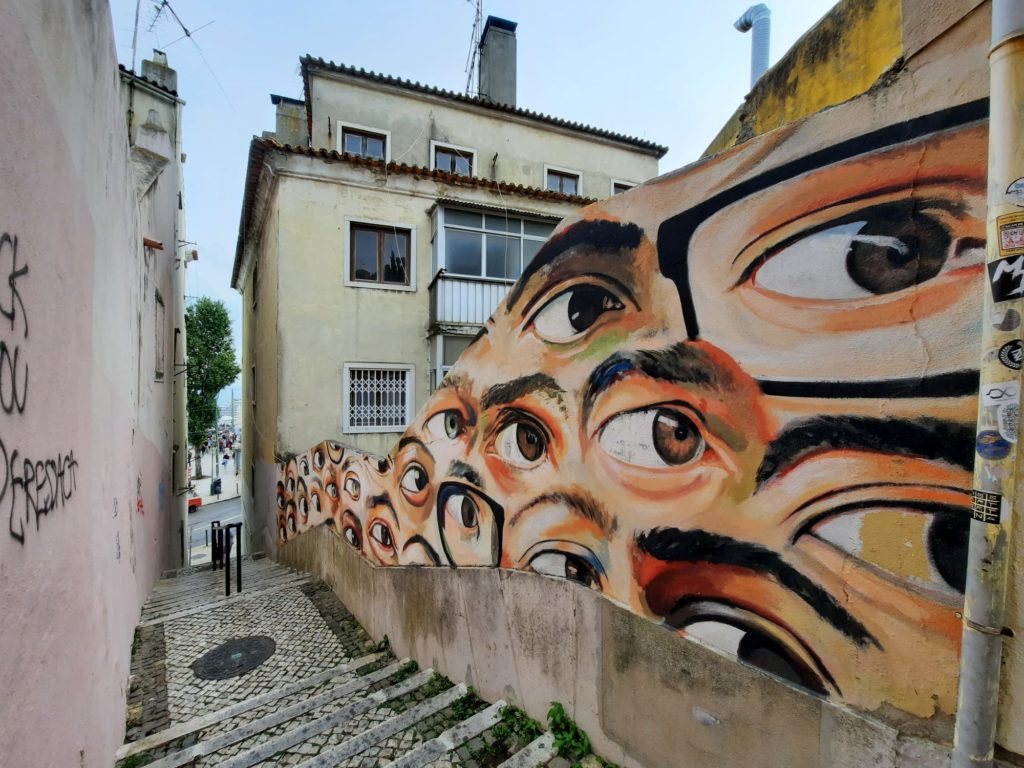
@eduardofonsecaart 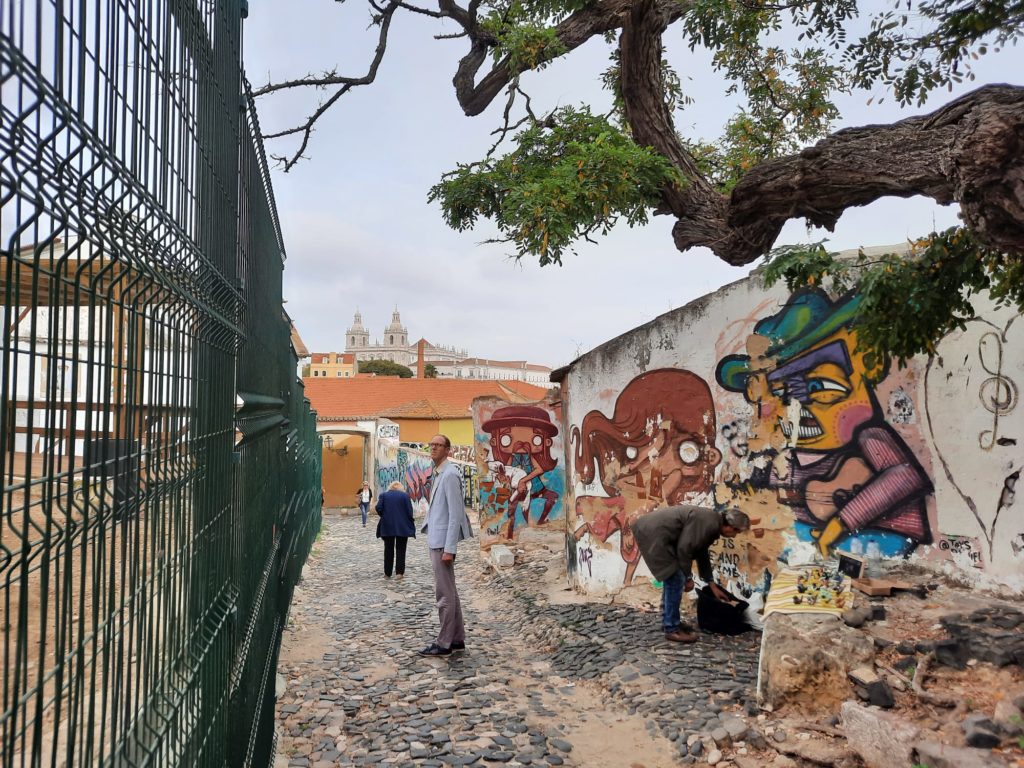
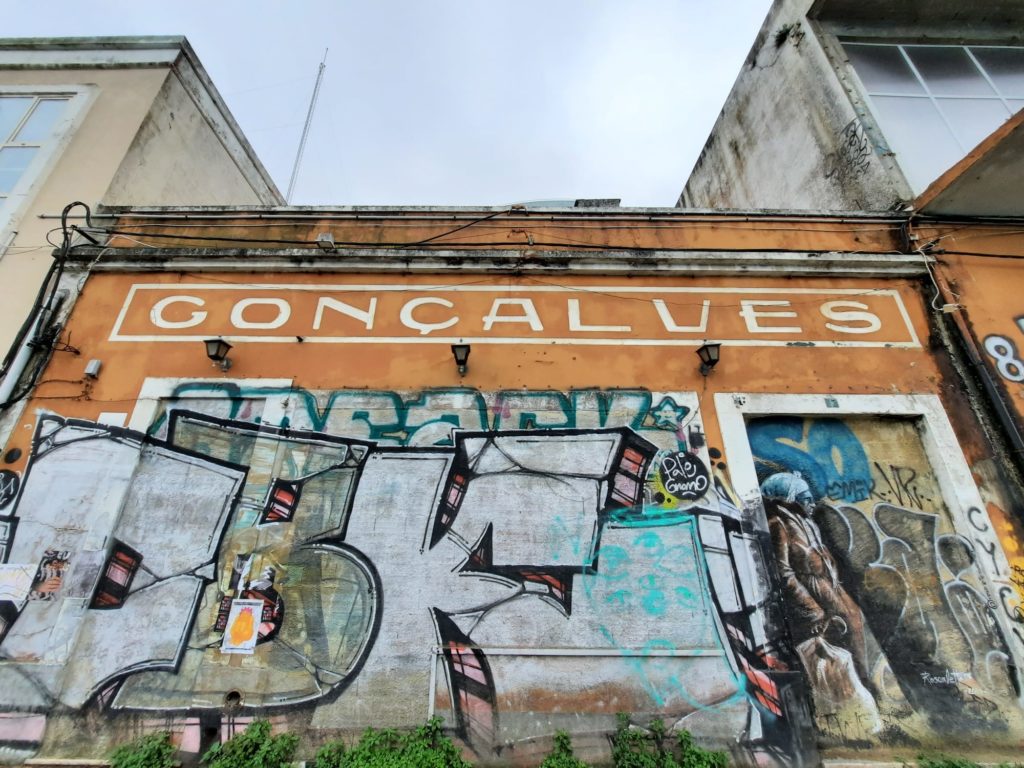
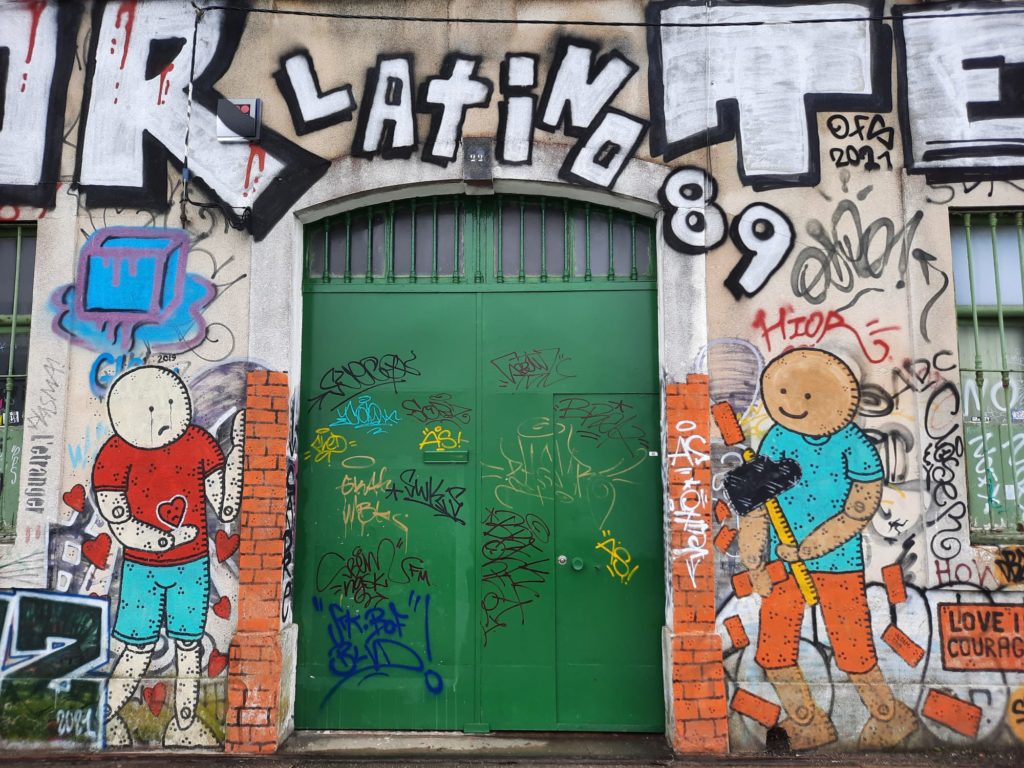
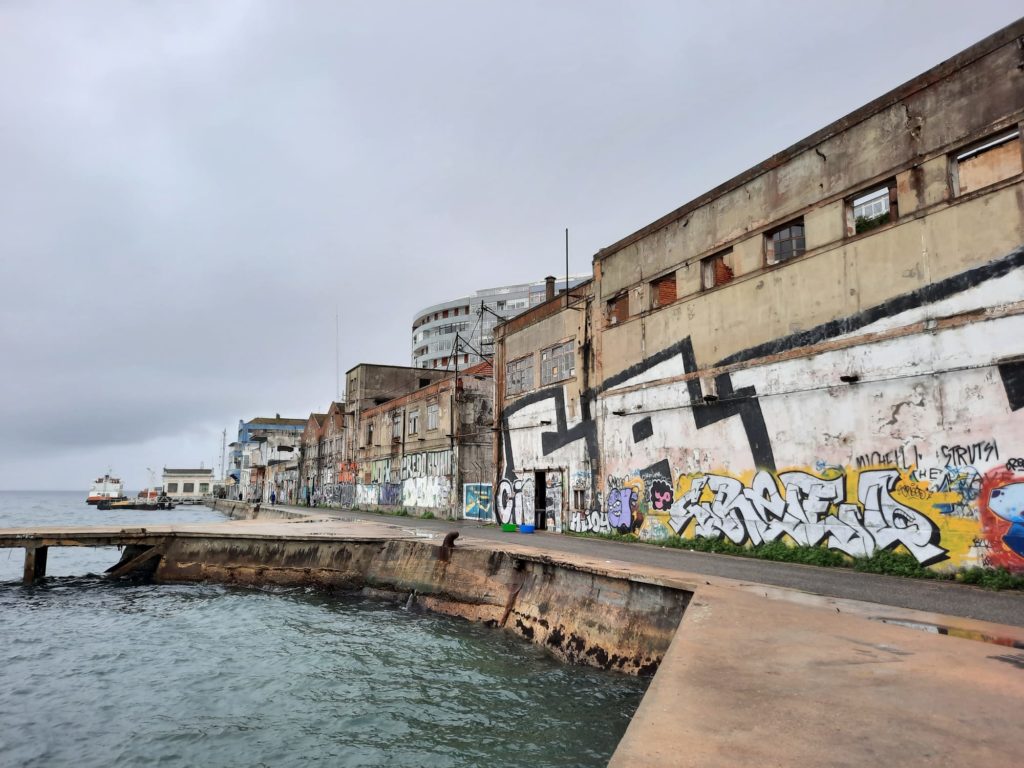

Street Art
If you’ve had your fill of azulejos, you may find yourself moving on naturally to the street art of Lisbon. Like the tiles, street art is plentiful, and always adds interest to a vista or an otherwise uninteresting street corner. Others have done deeper dives into this aspect of the city, so you may wish to look at this post, or to find yourself a street art tour here or elsewhere.
In terms of where to look, there are a few good concentrations around. You may want to try the streets below the Miradouro do Recolhimento, or across the other side of the river at Cacilhas. This neighbourhood is easily reached by ferry. As well as being the starting point for visiting the Sanctuary of Christ the King or Frigate Dom Fernando II e Glória, the waterfront row of derilict buildings has some good examples of street art.
Religious Life
And a final aspect of the cultural life of Lisbon to explore on a long weekend is its religion. I have cast the net a bit wider here than just churches, to include shrines and other religious monuments.
One of the first religious buildings you may come across, particularly if you get a tram up to Alfama, is the Catedral de Sé. This fortress-like cathedral has no grounds around it, so appears out of nowhere if you turn certain streets. When we visited, visitors could only go as far as the entrance, so for this reason there may be more interesting churches to visit. A particularly welcoming church in our experience was the Igreja do Loreto, Lisbon’s Italian church. Overall, you will notice many of the churches are rather baroque-looking. A direct result of the rebuilding of the city post-1755 earthquake.
Elsewhere, keep an eye out for shrines on streets or even in businesses. As elsewhere in Catholic Europe, these are interesting for visitors and show the continued importance of faith to local people. And a small detour from Praça Martim Moniz will lead you to the statue dedicated to Dr. Sousa Martins. Renowned for his work amongst the city’s poor, a secular cult has grown up around this 19th Century doctor. The marble plaques you see above are a way of giving thanks. Read more about him here.
Let us know in the comments how you curated your own cultural long weekend in Lisbon! Above all, enjoy taking in the city through its sights, museums, and food.
If you see this after your page is loaded completely, leafletJS files are missing.


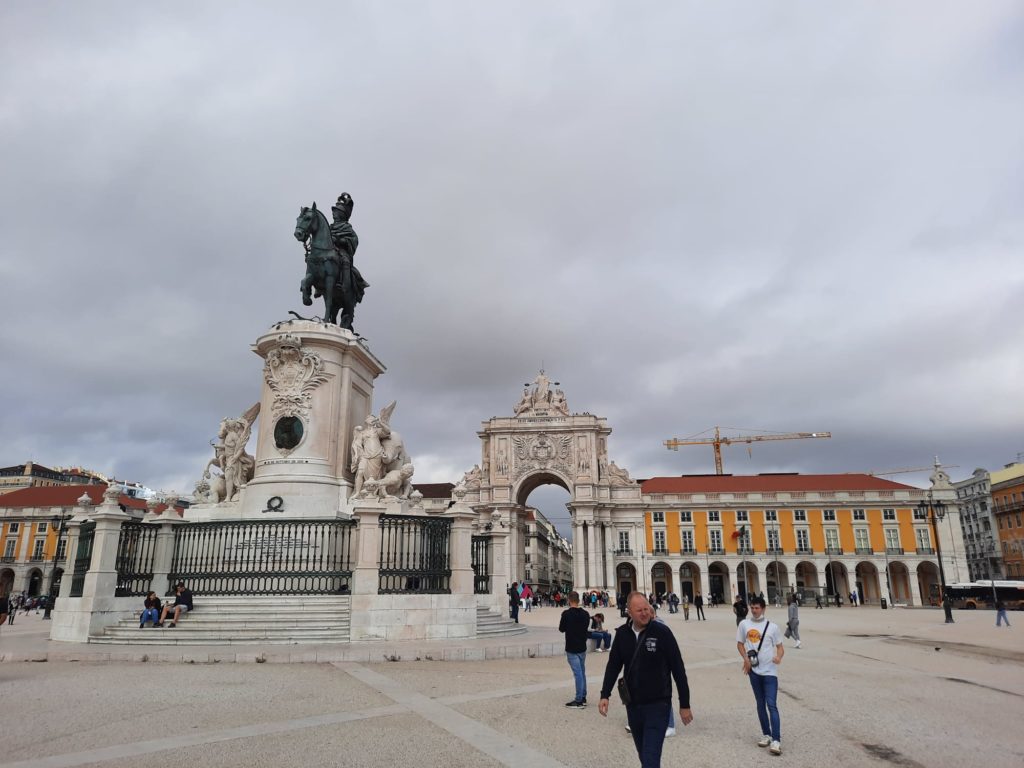
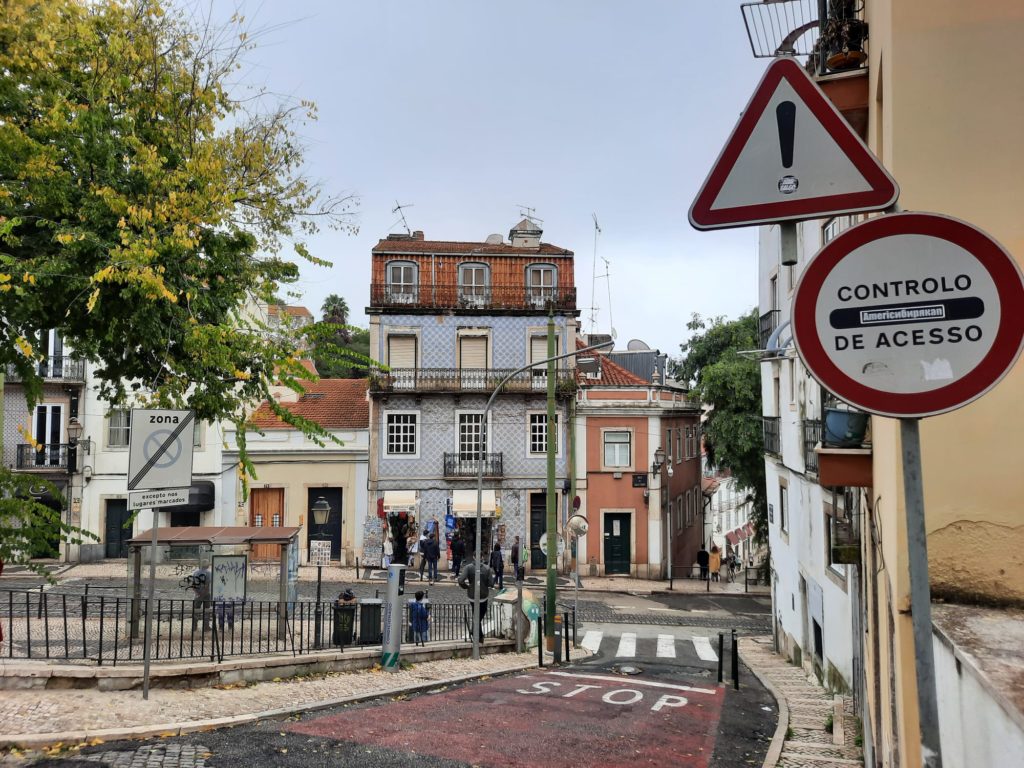
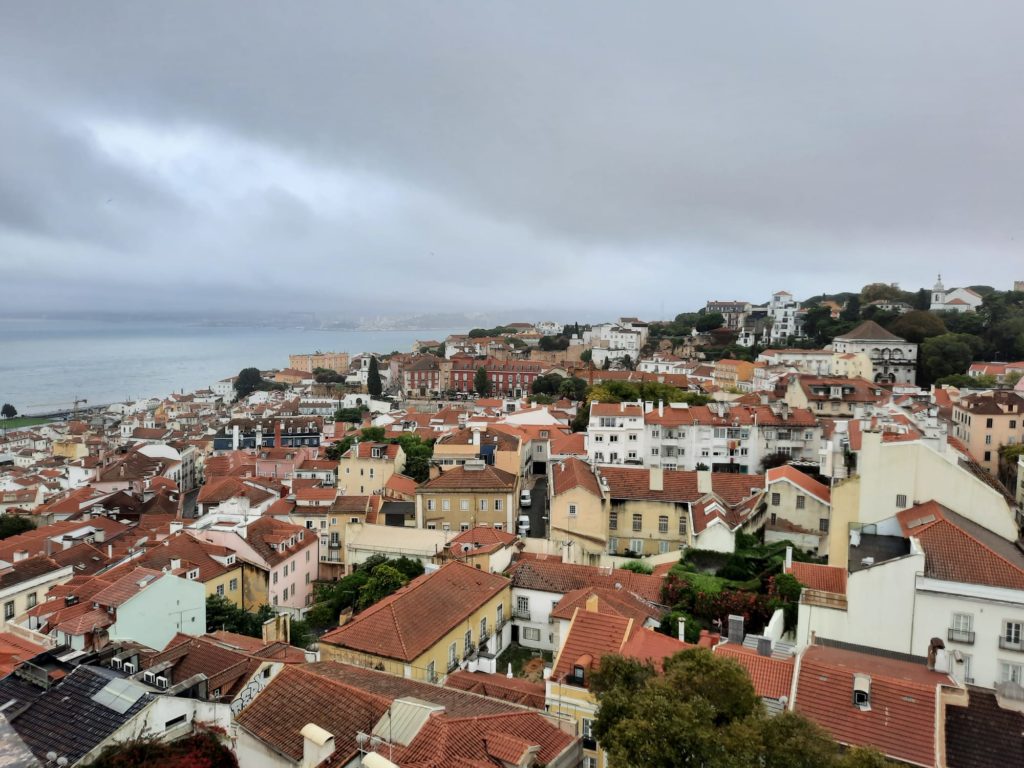
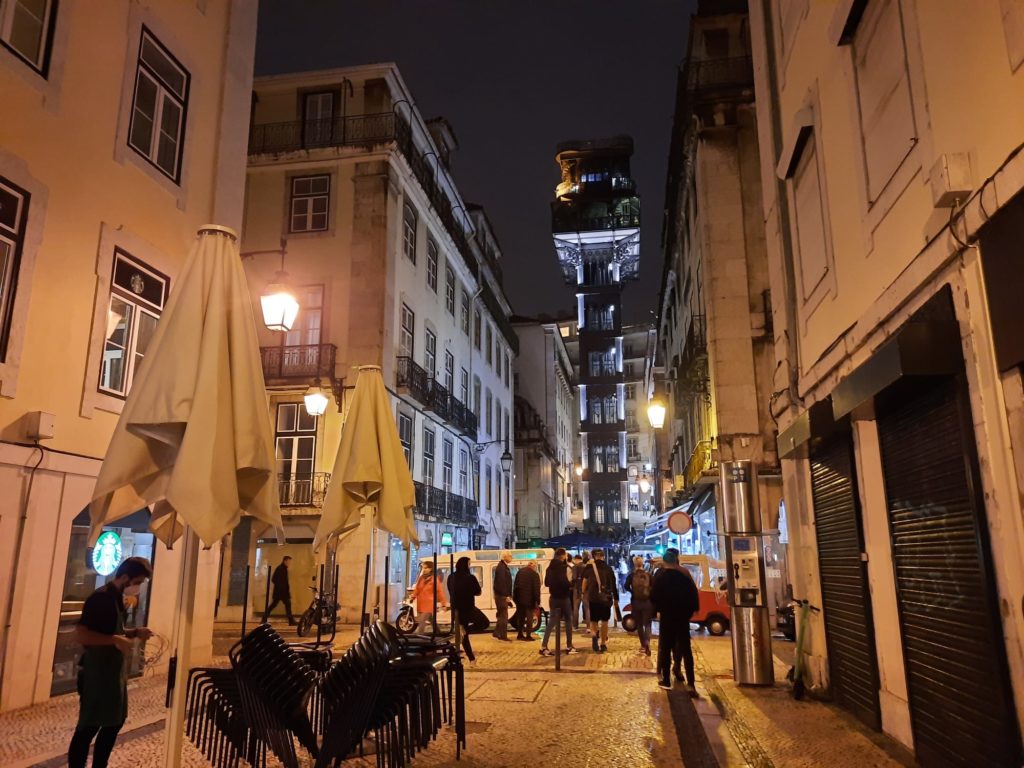

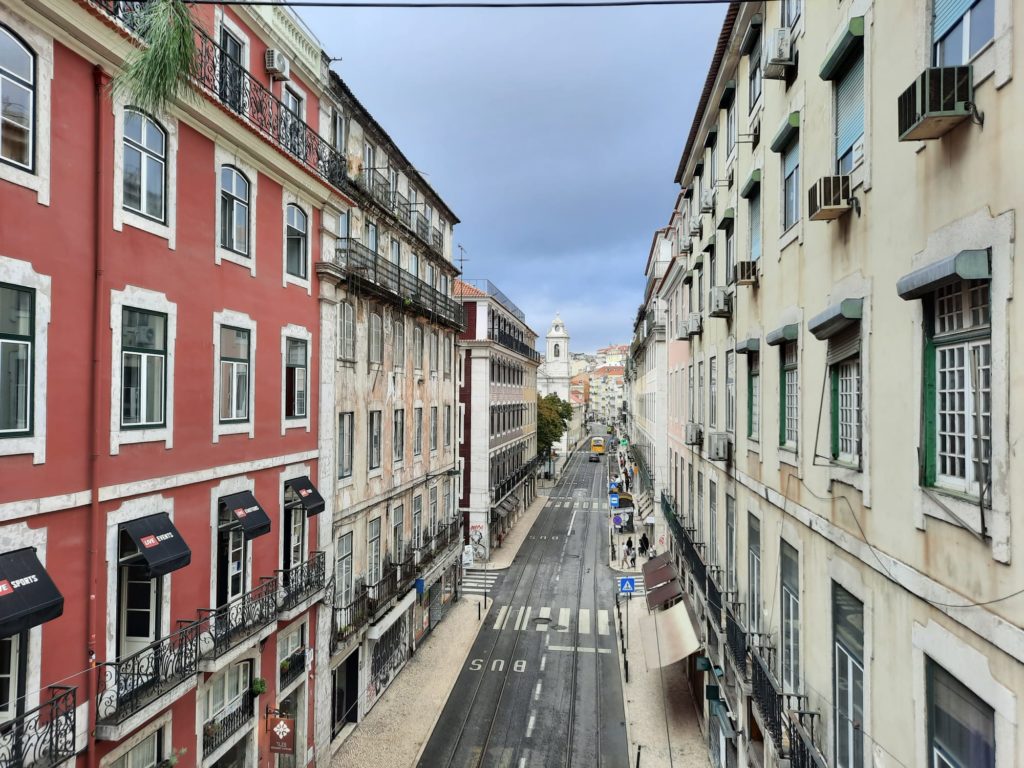
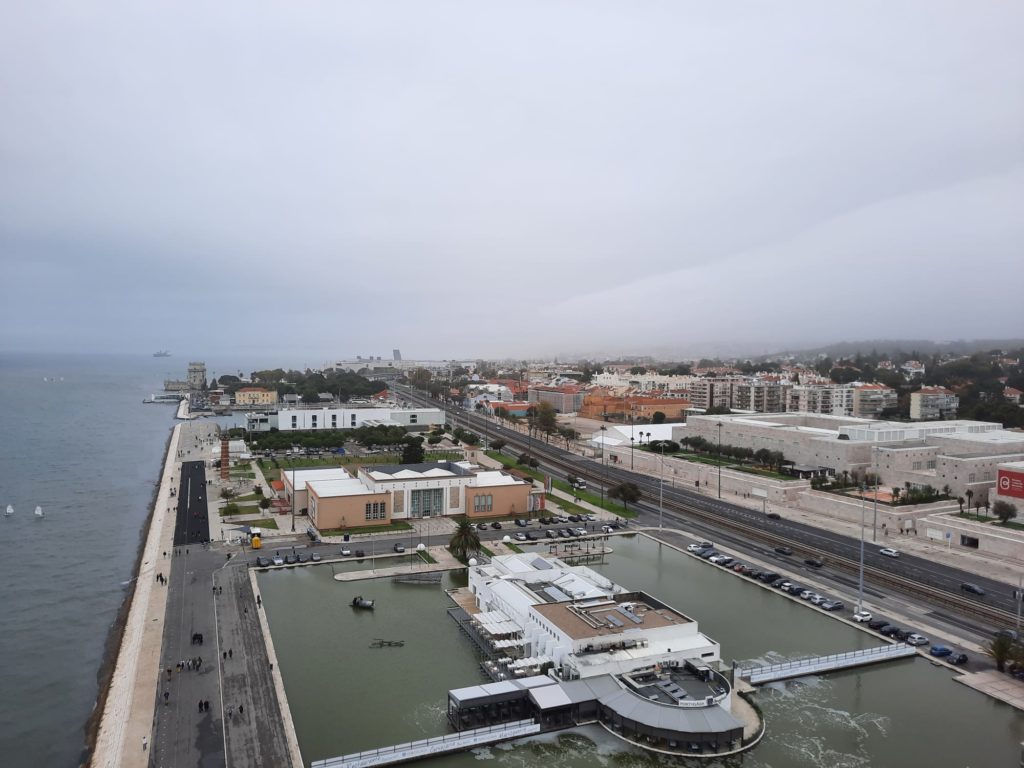
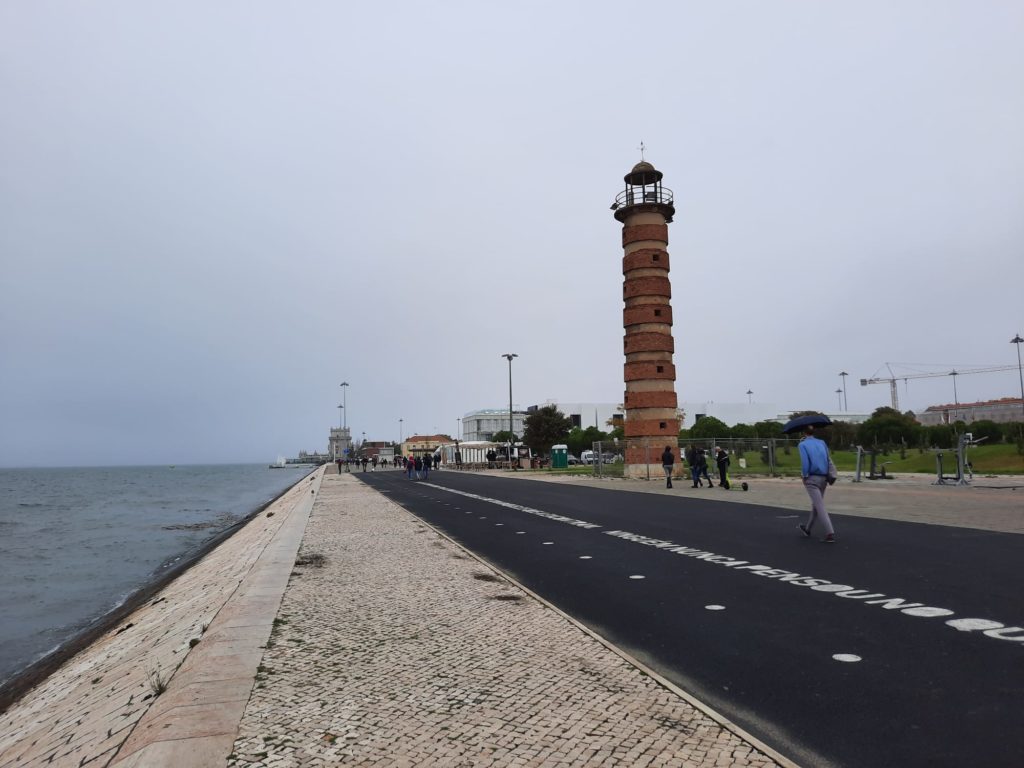
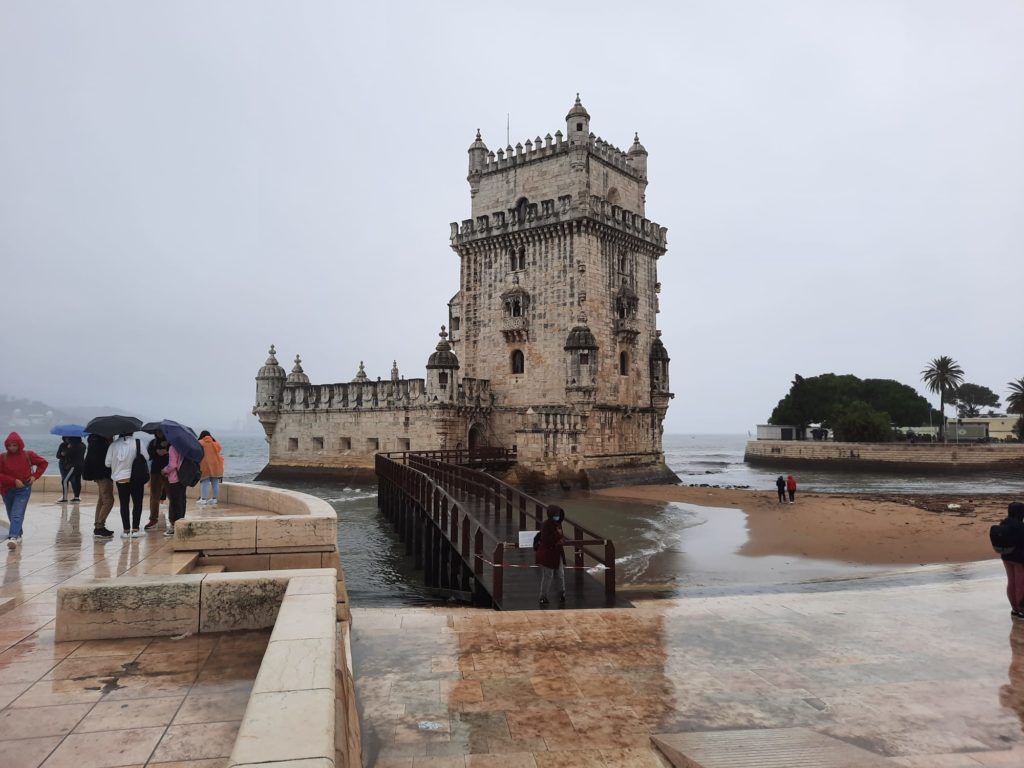
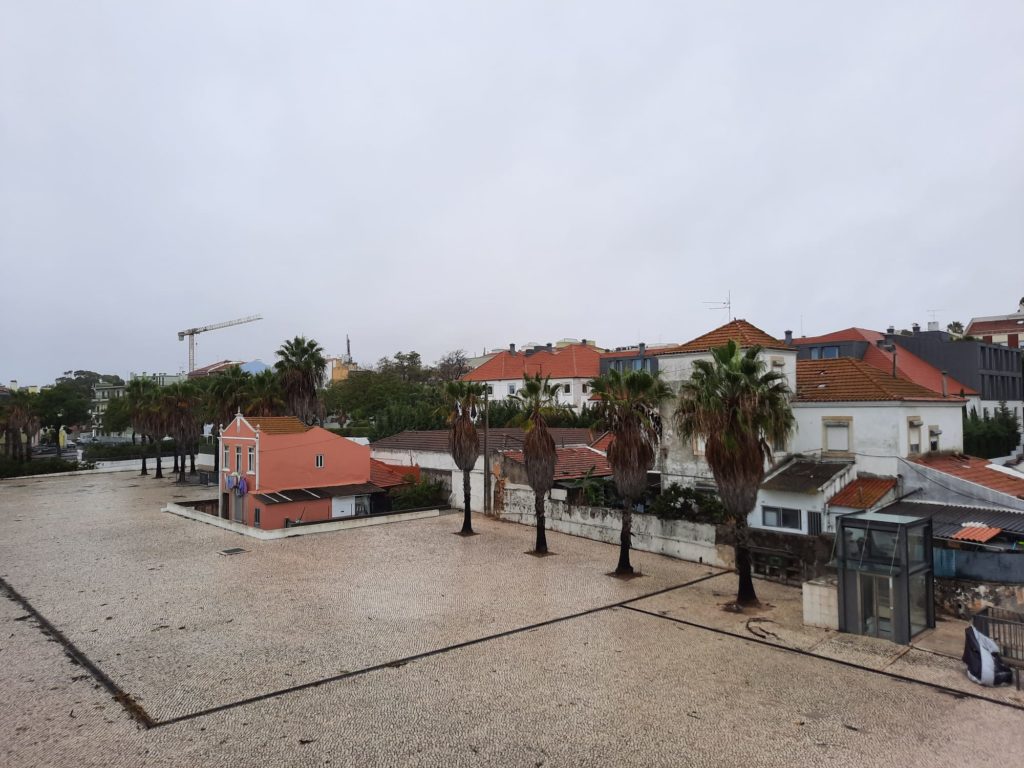
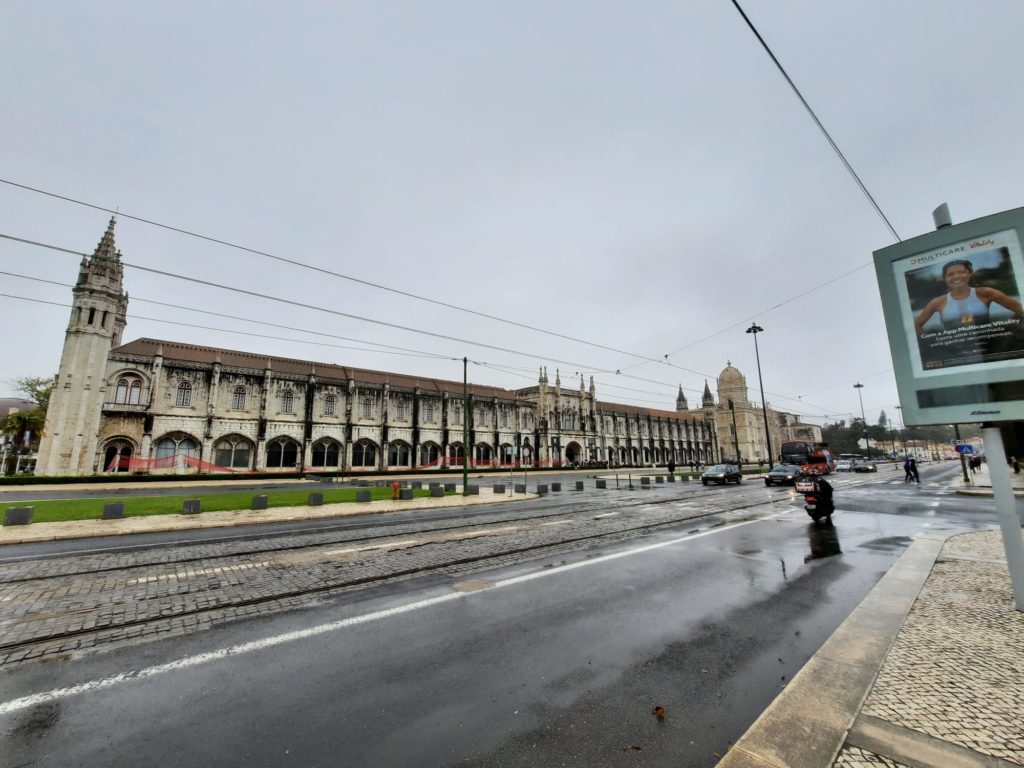
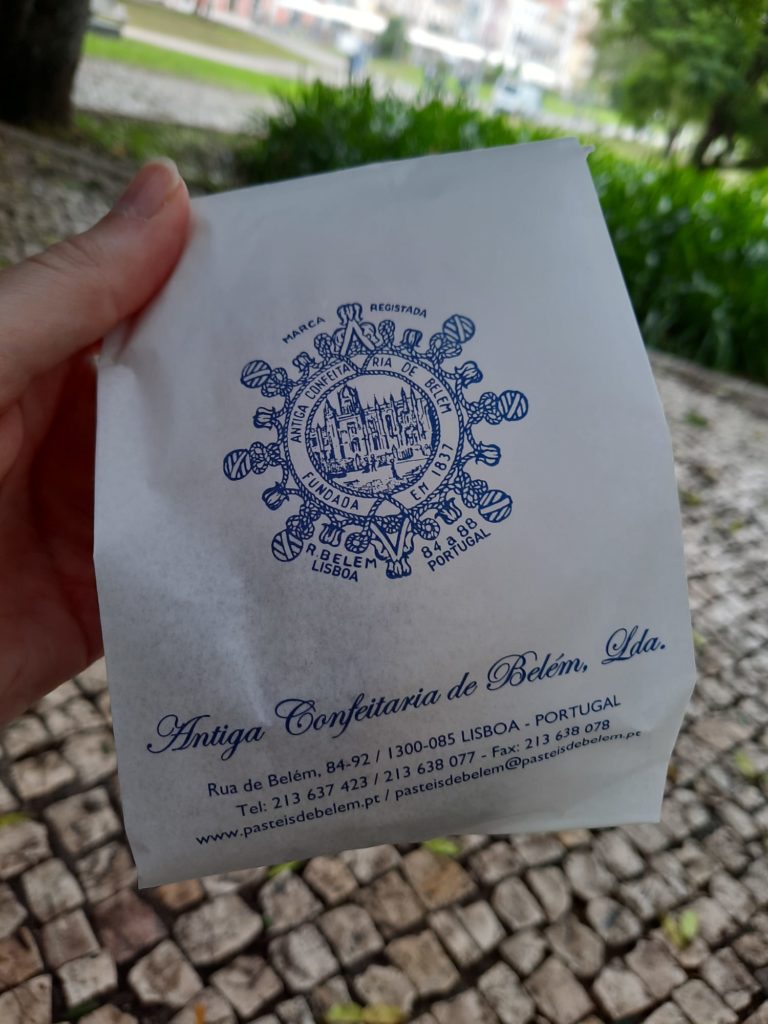
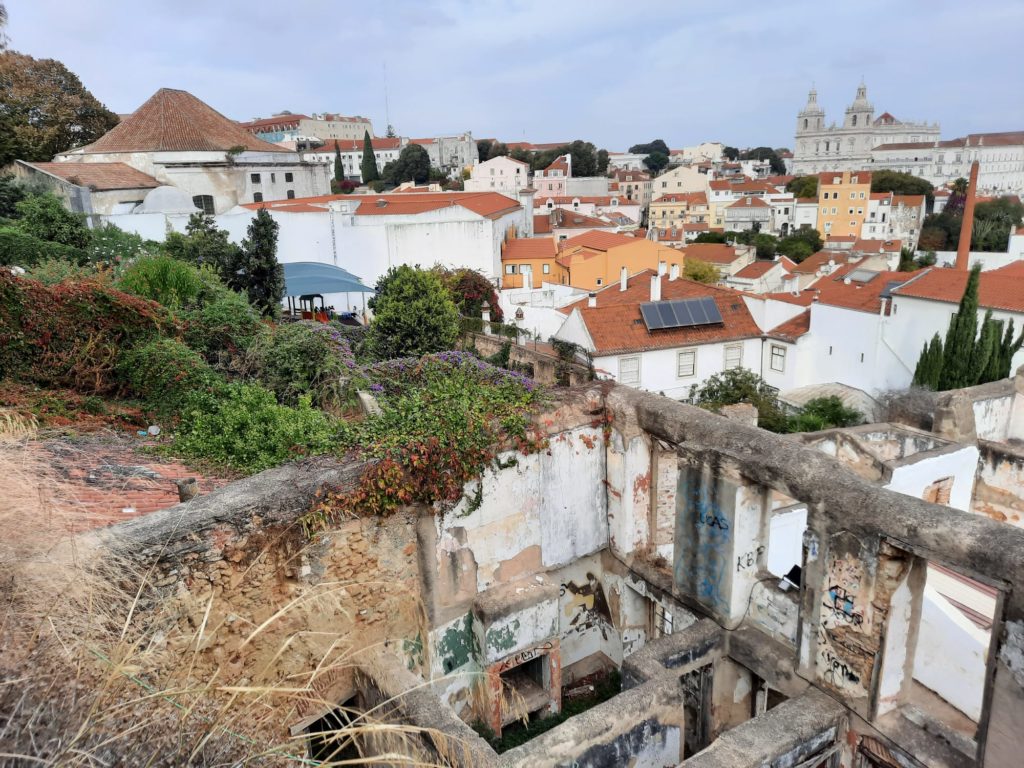
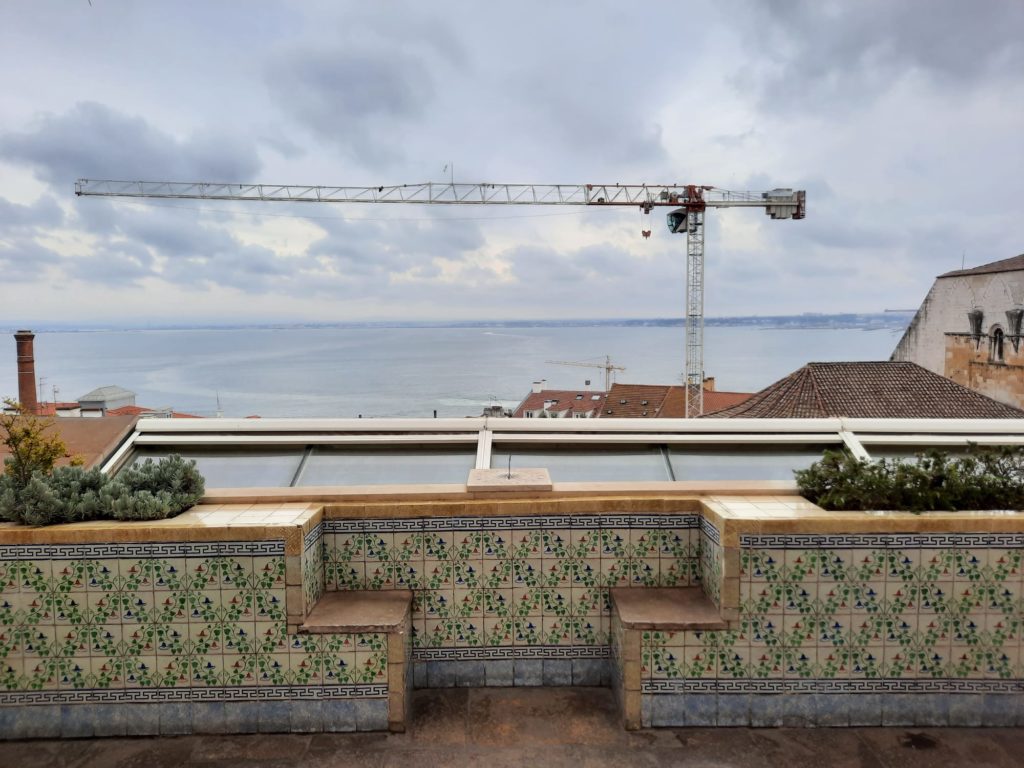
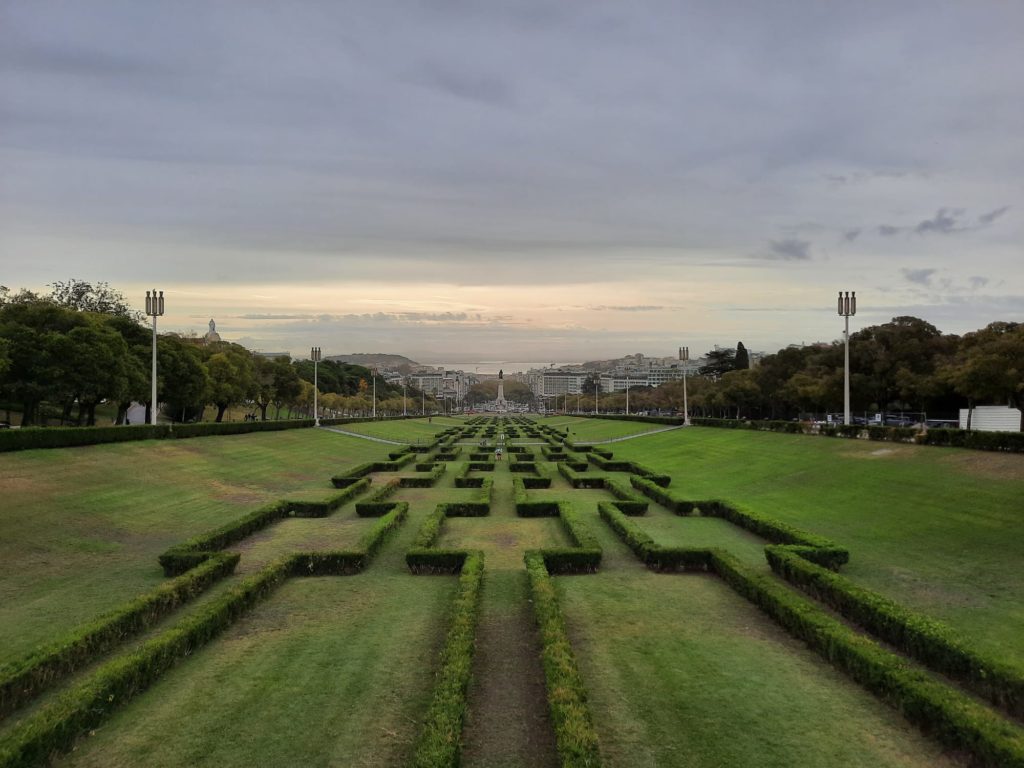
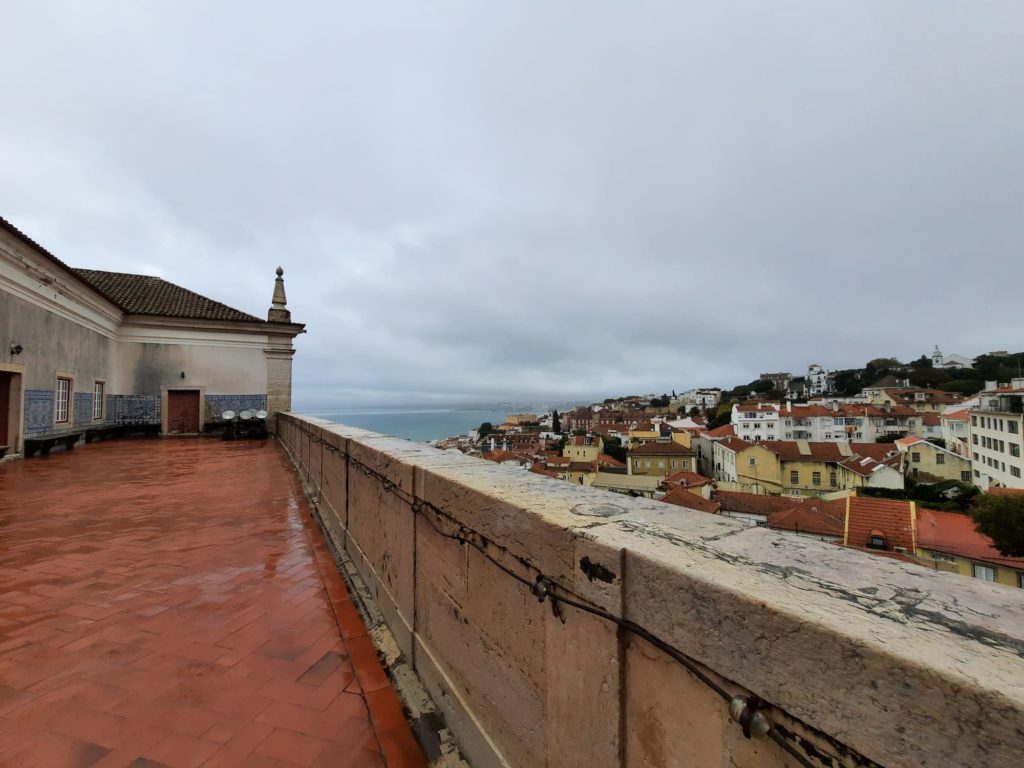
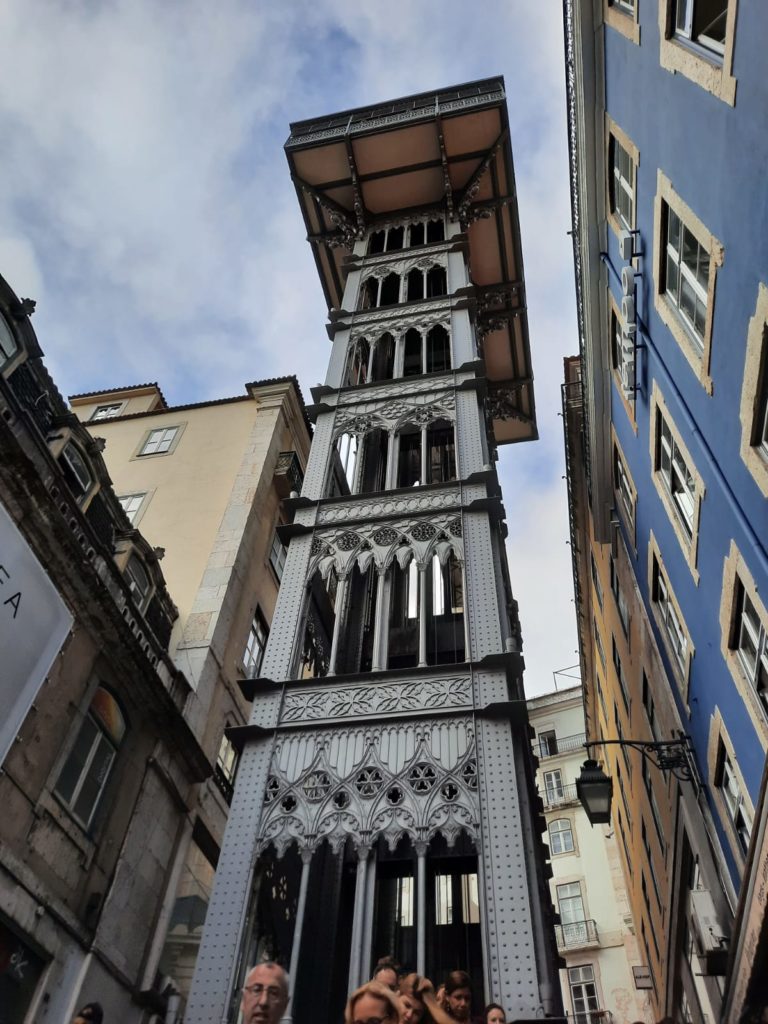
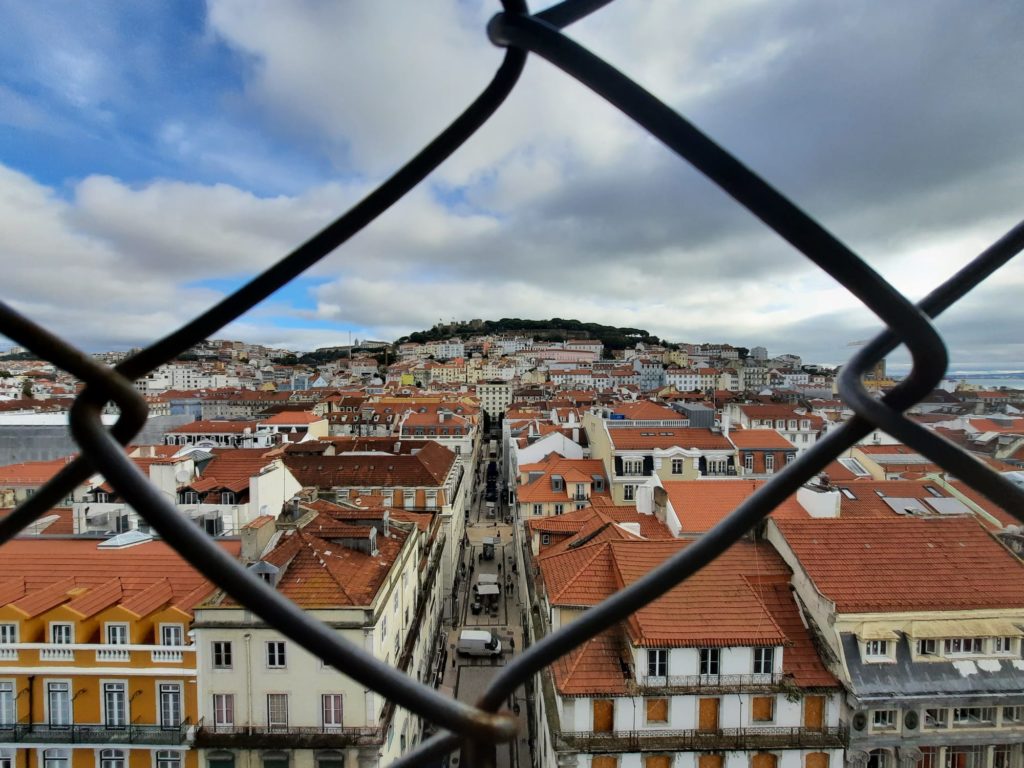
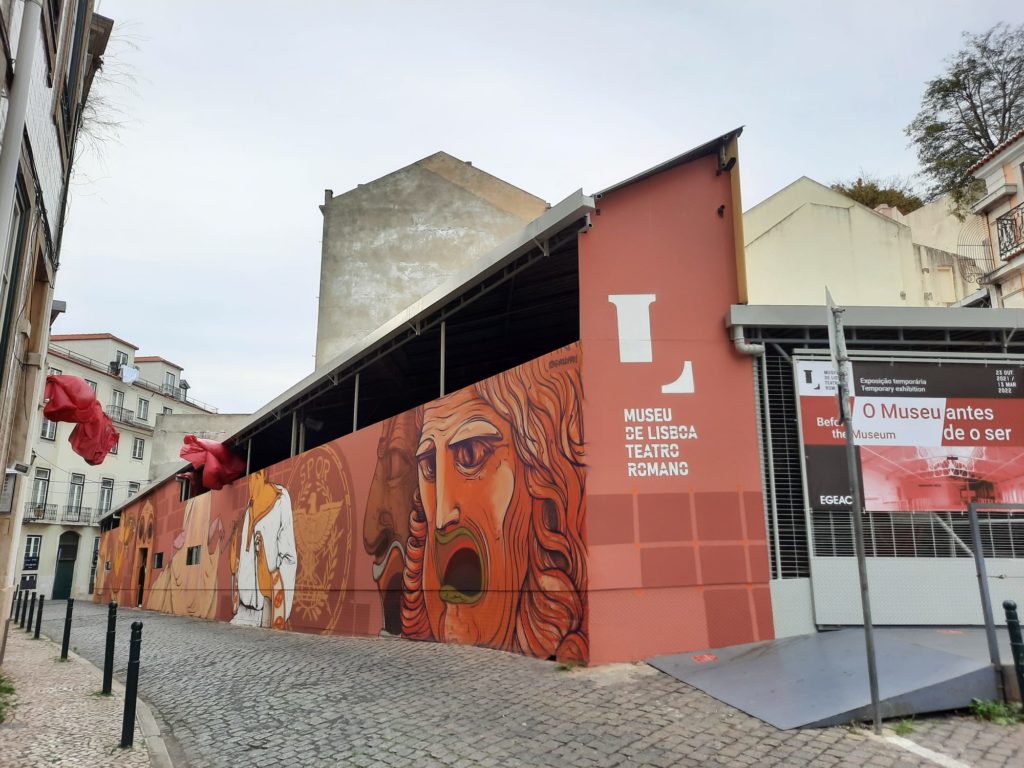
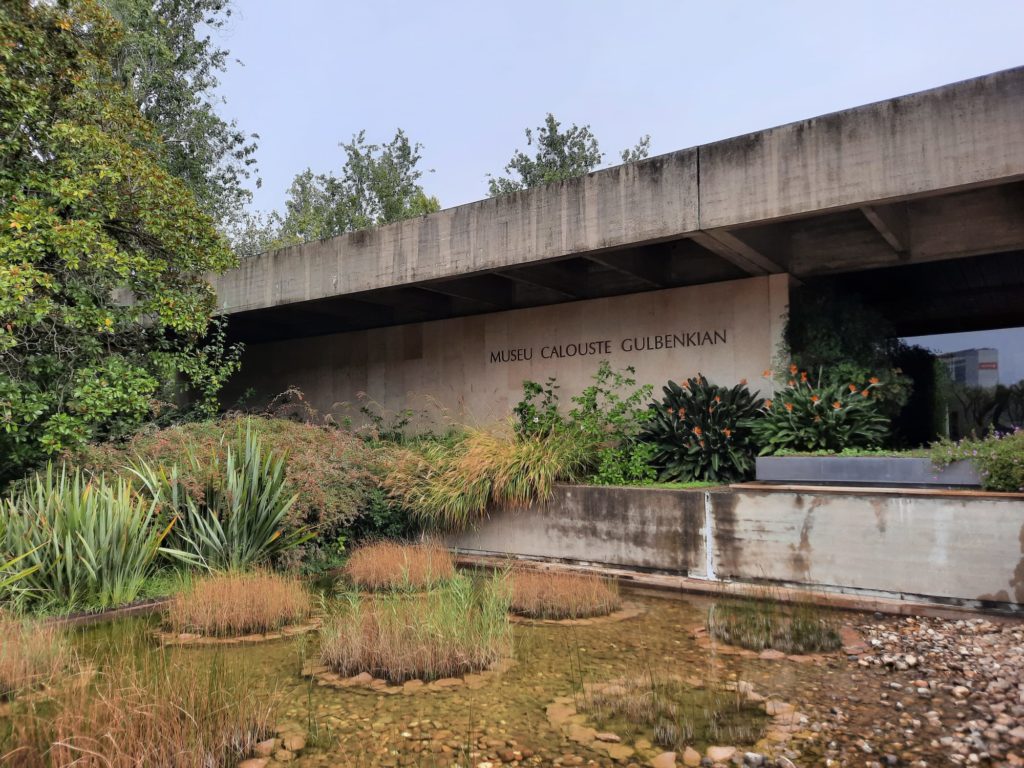
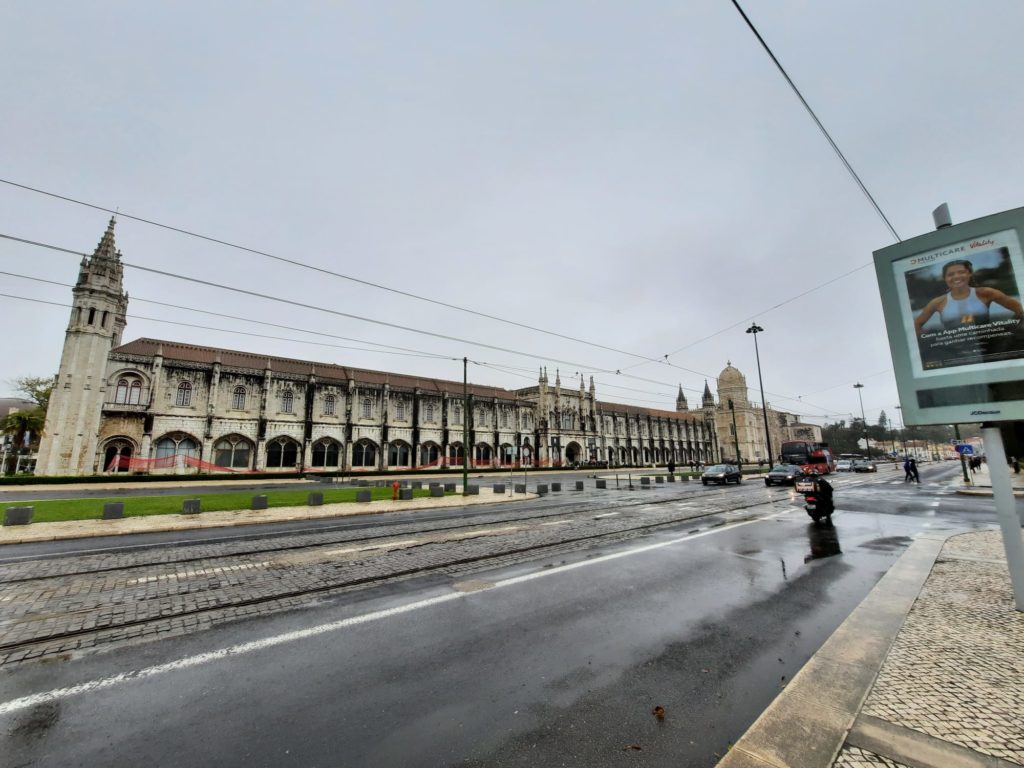
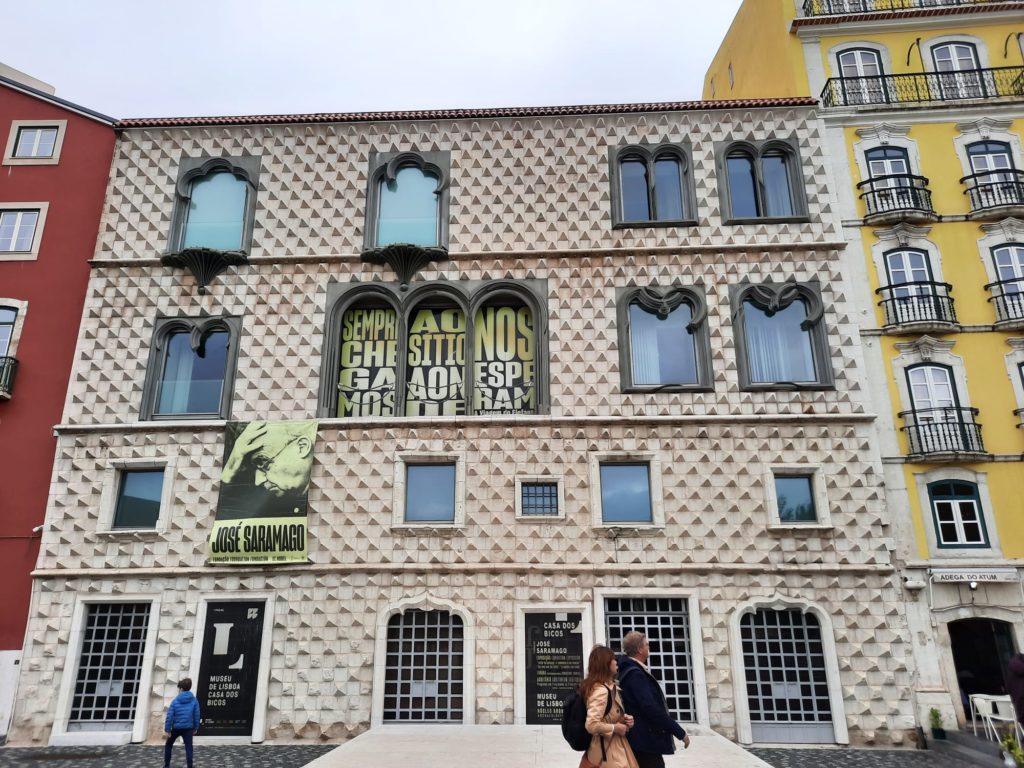
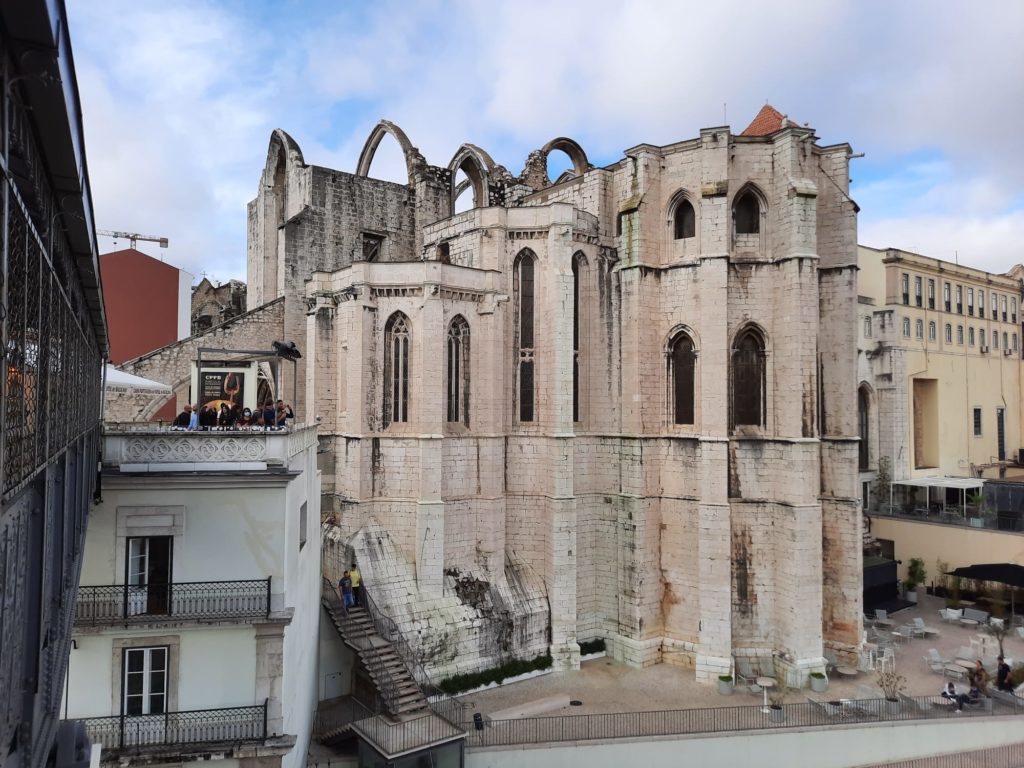
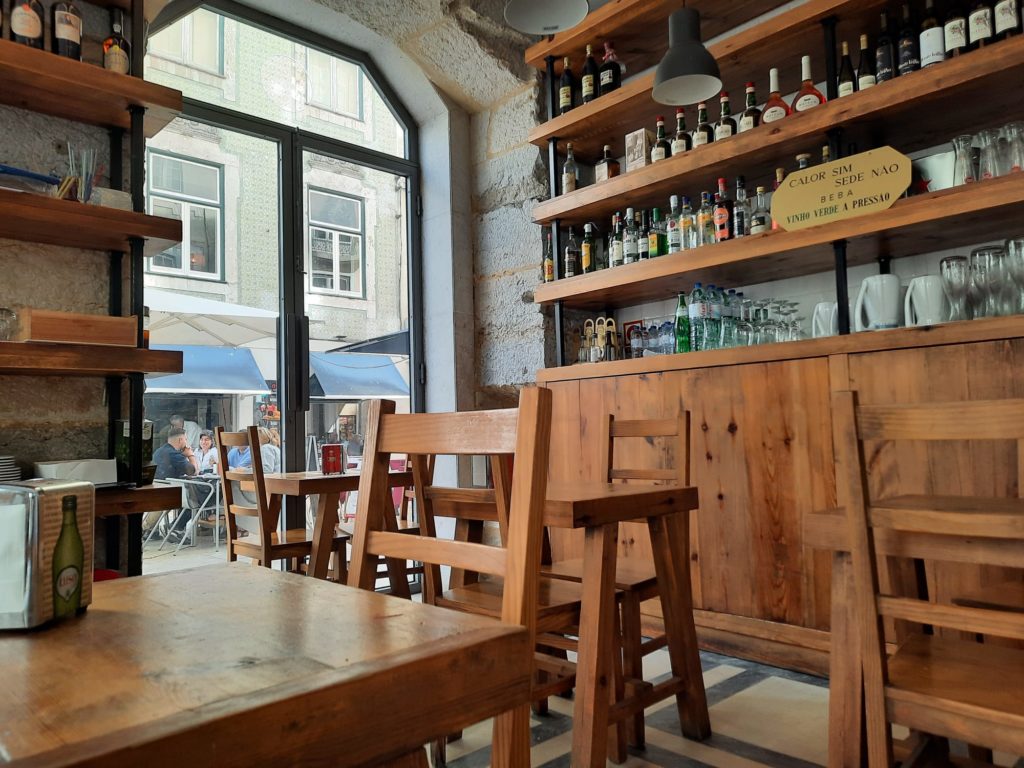
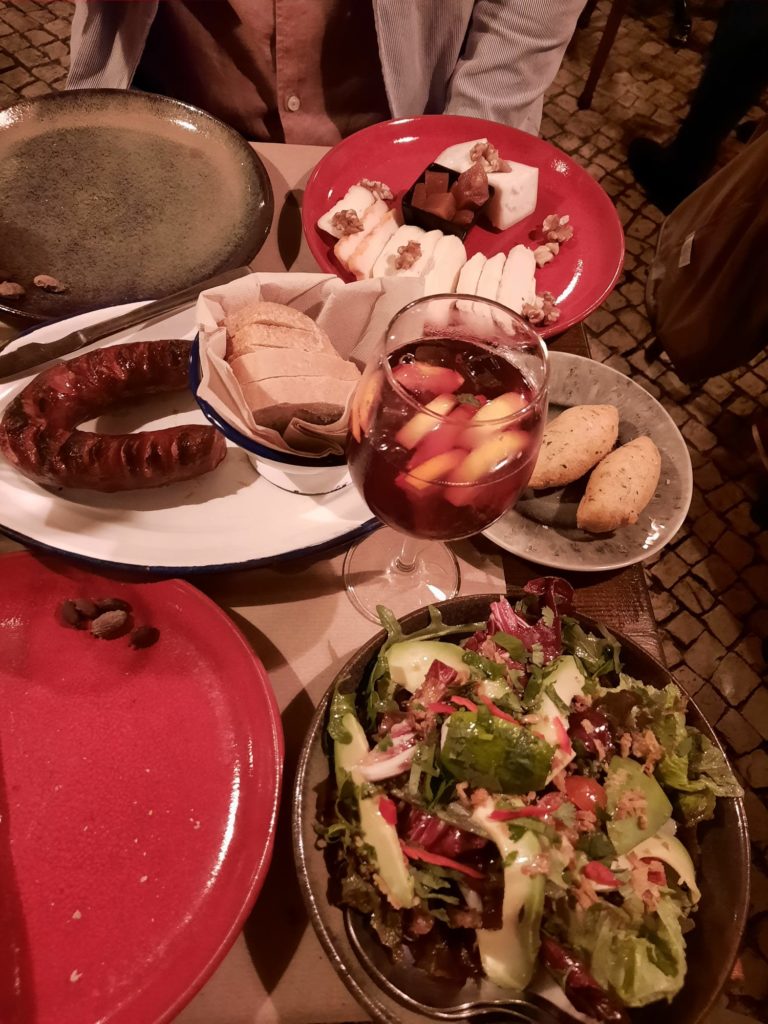
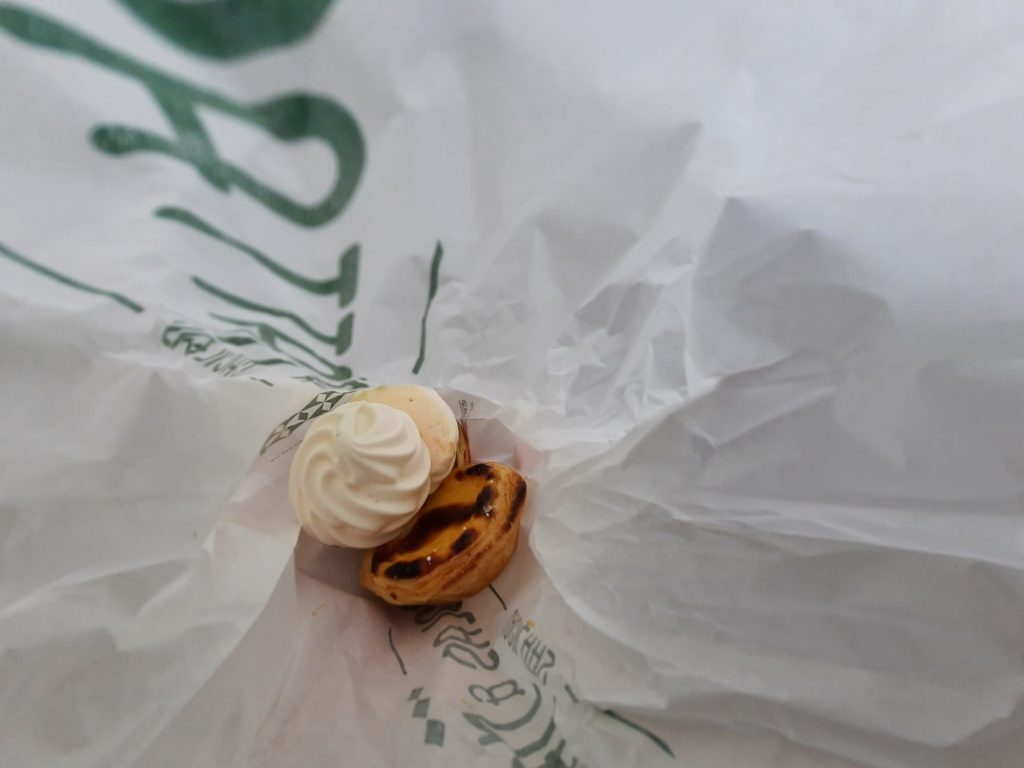


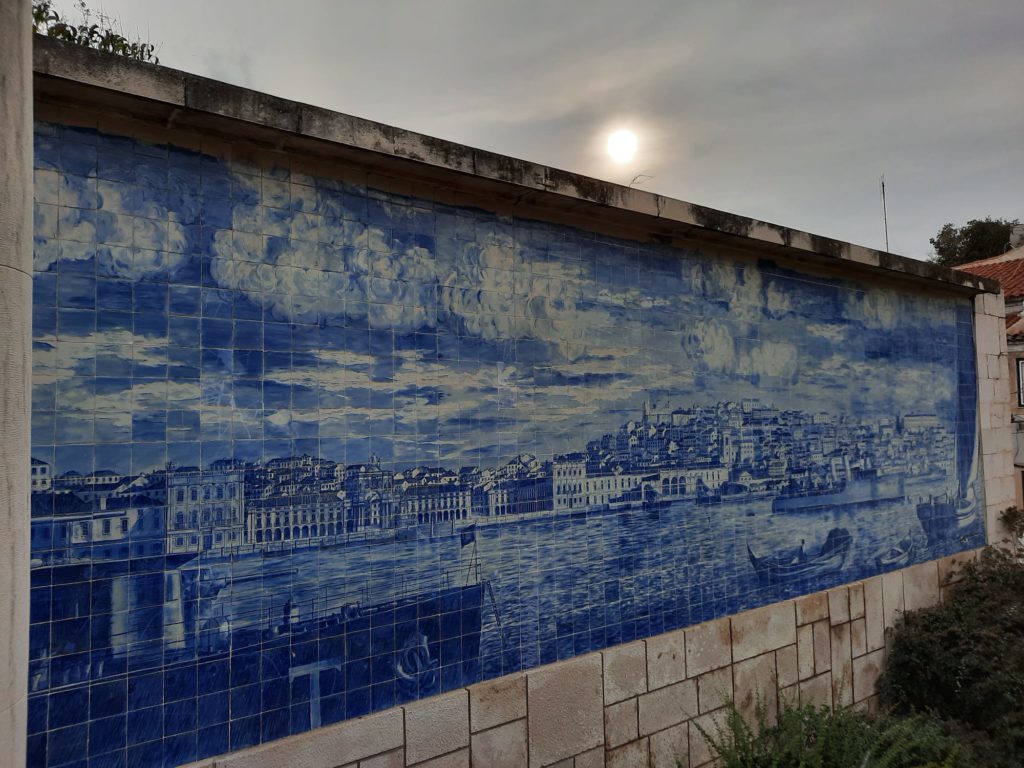
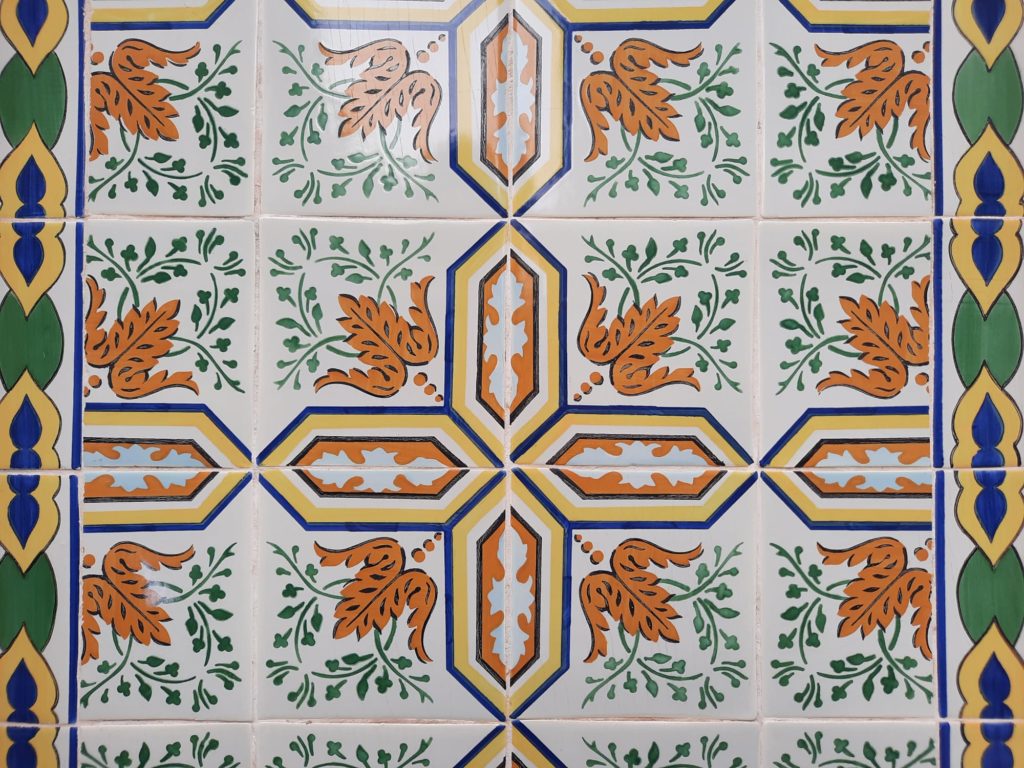
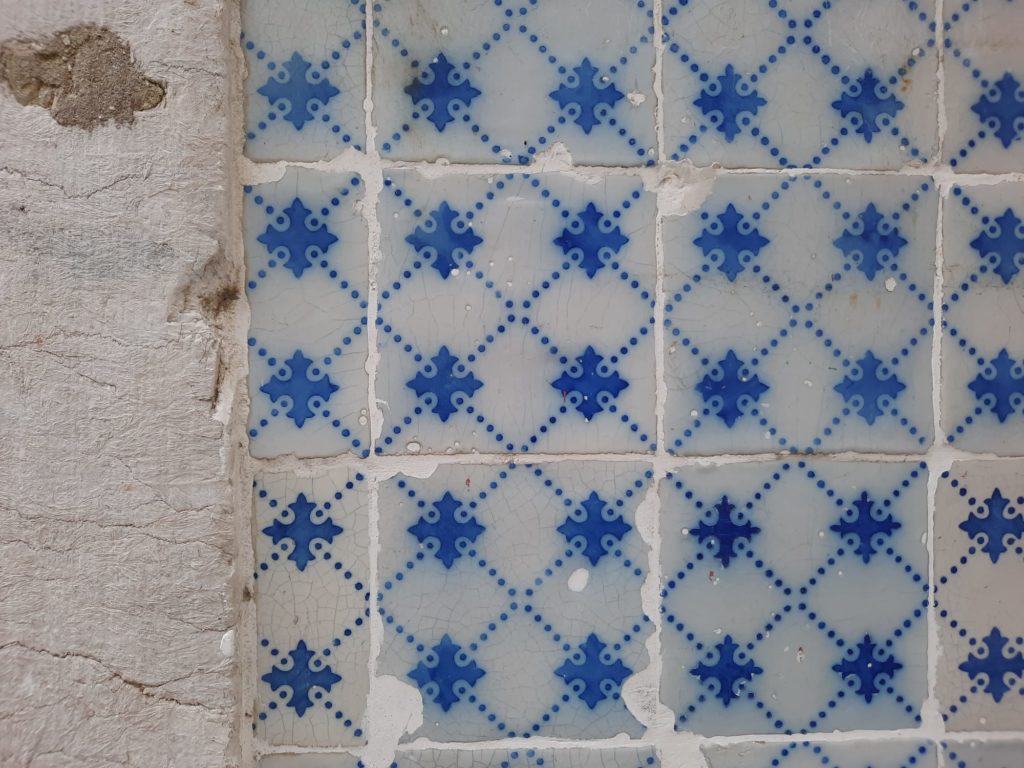
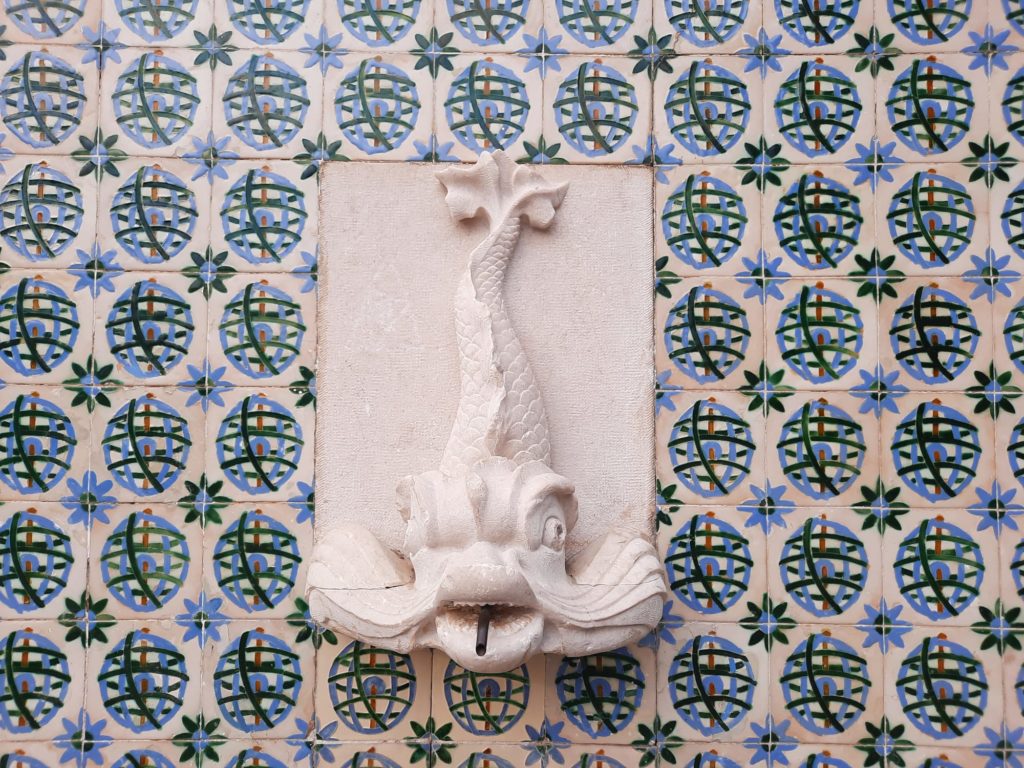
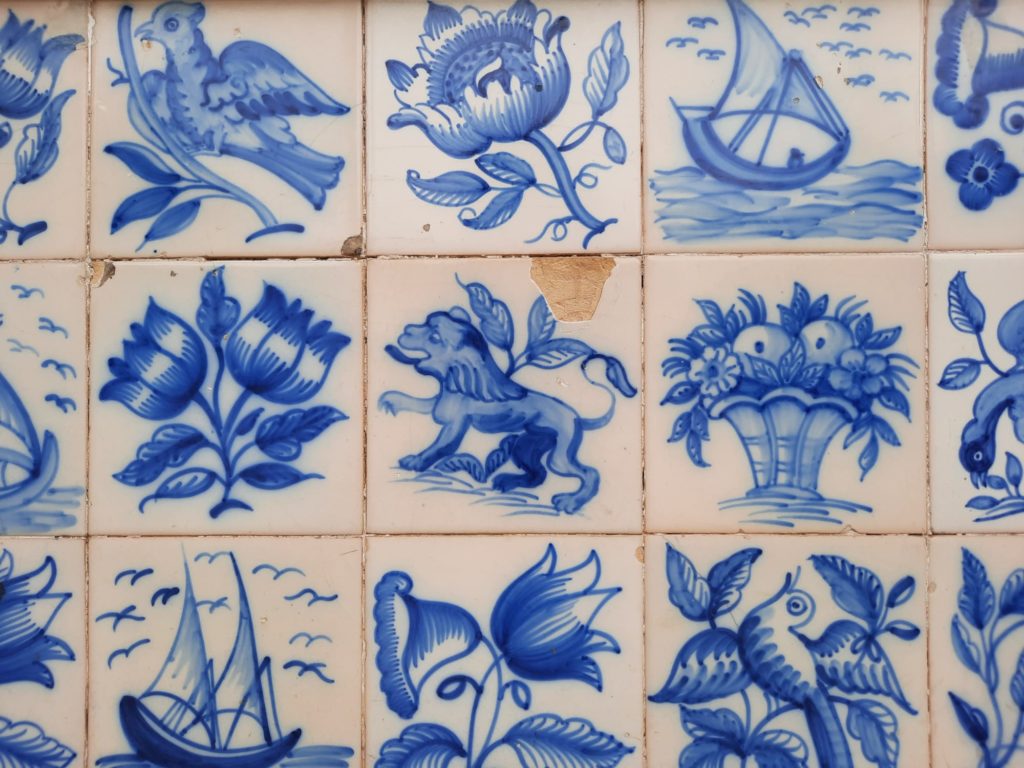
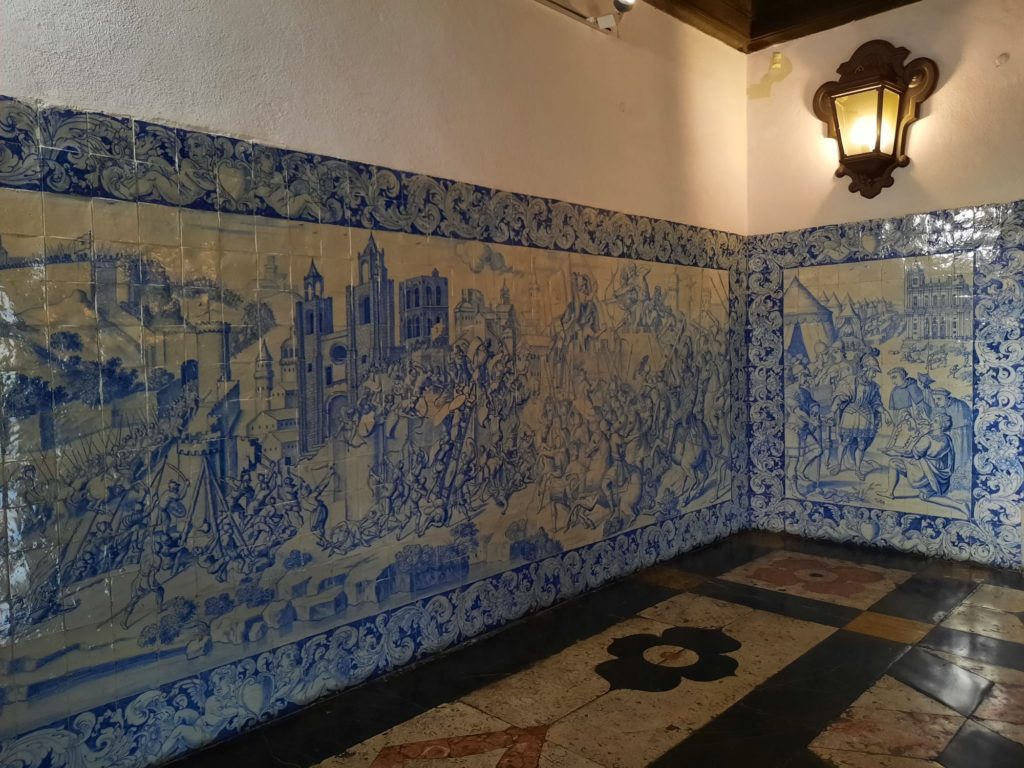
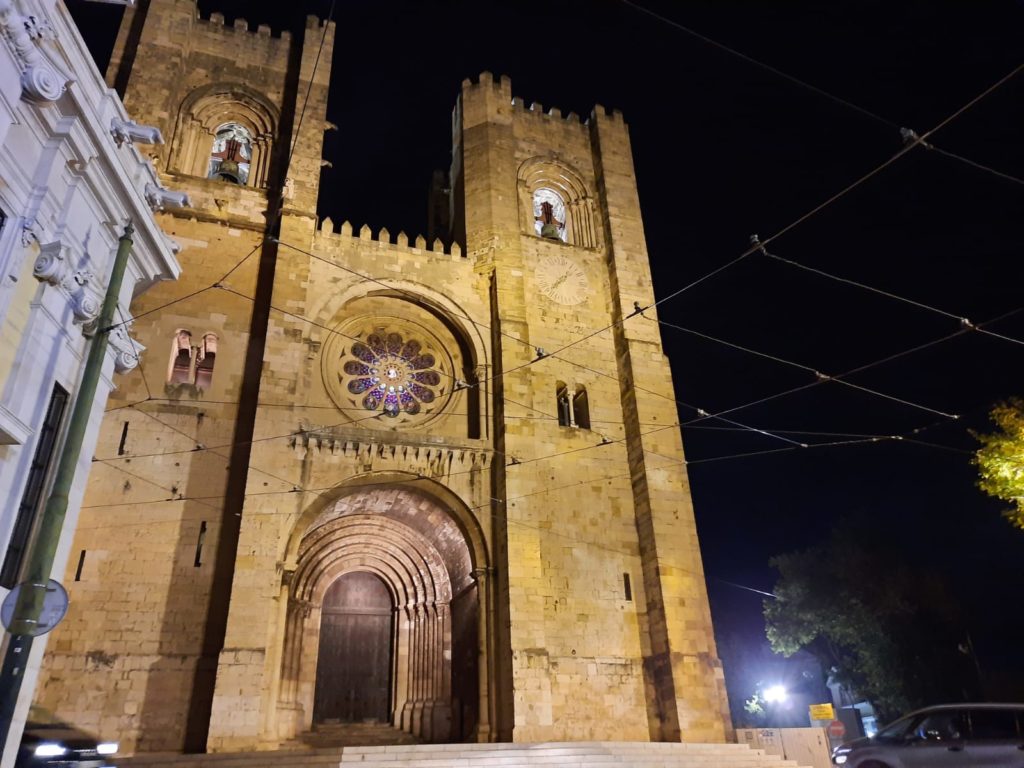
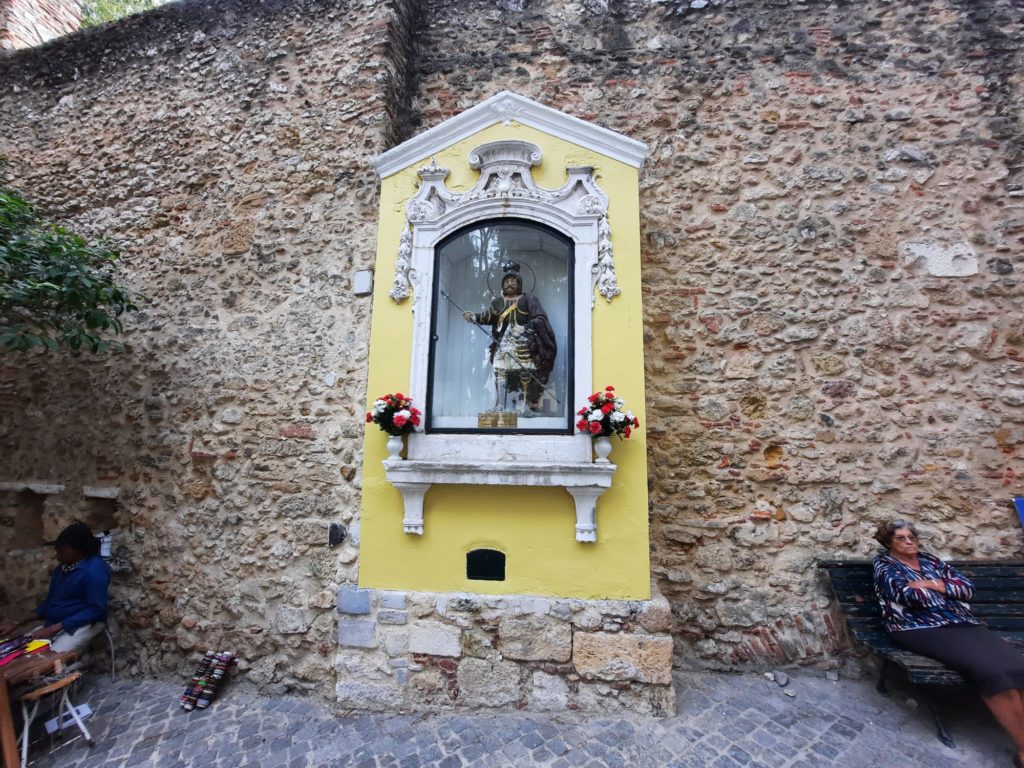
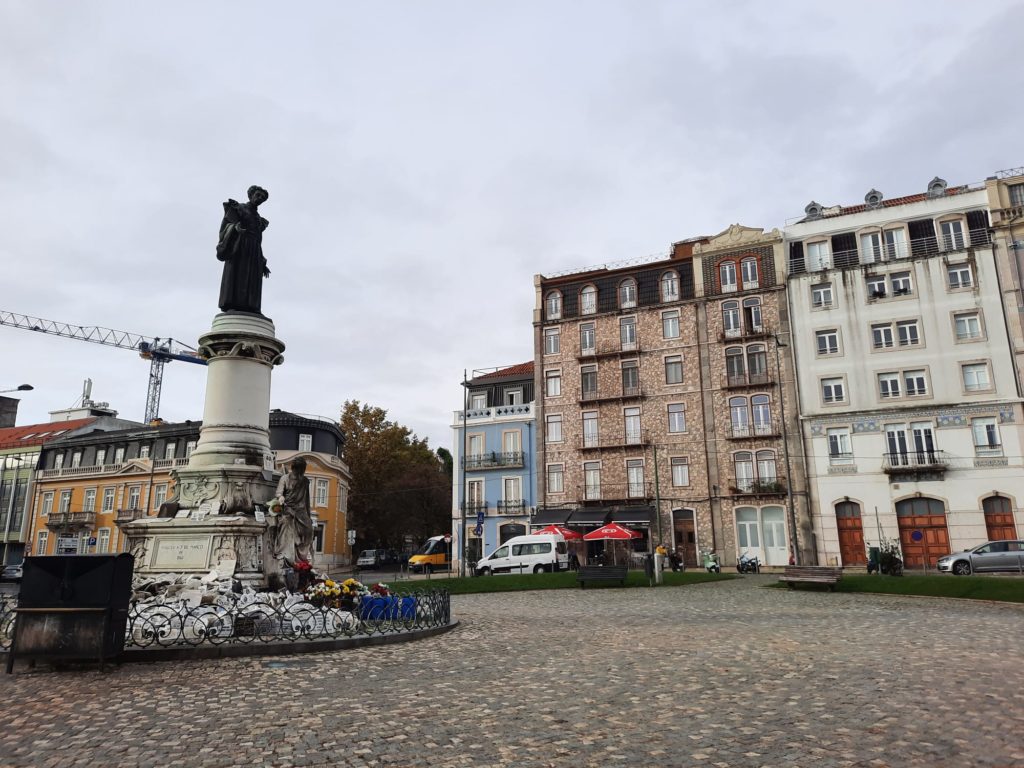
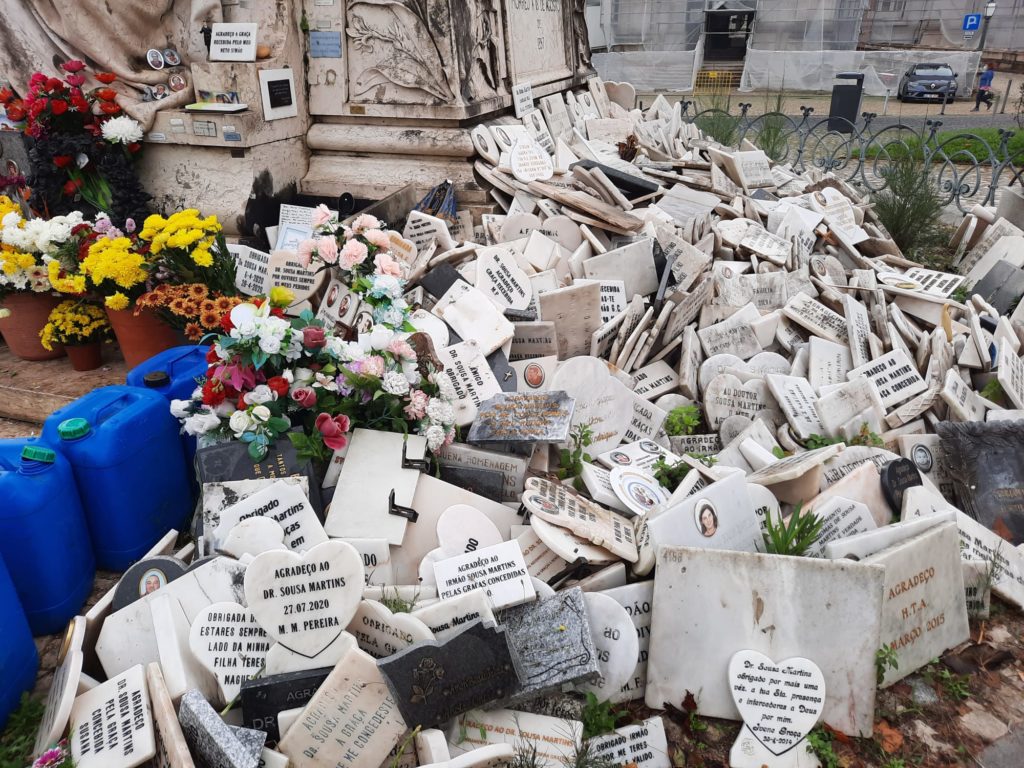
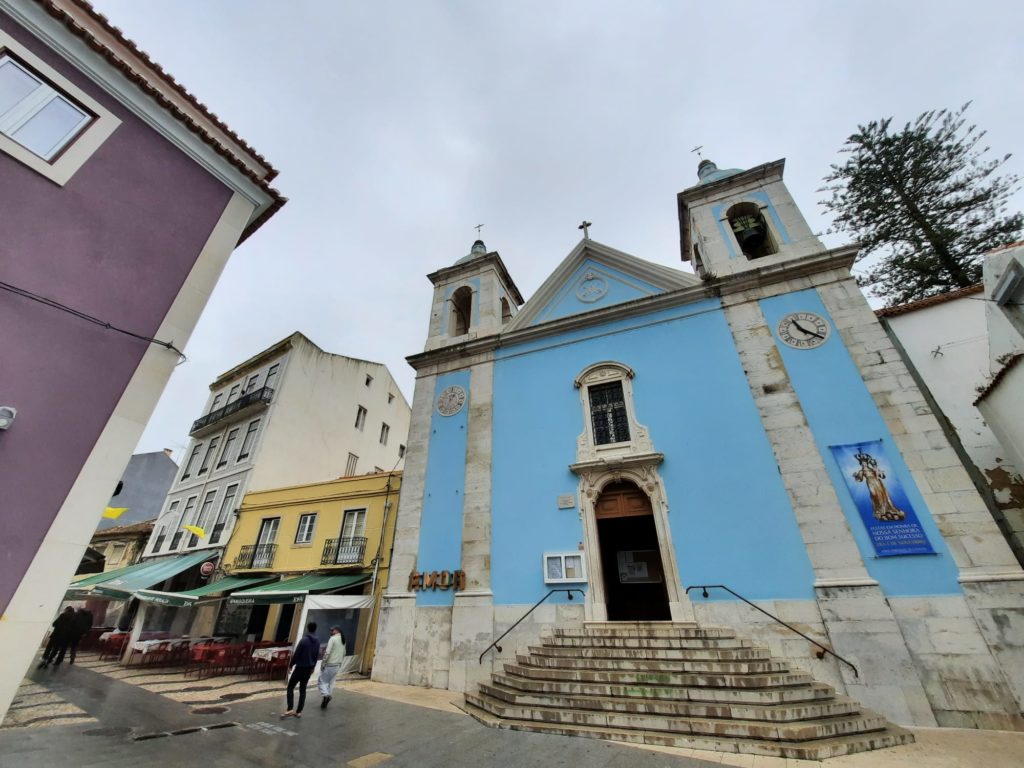
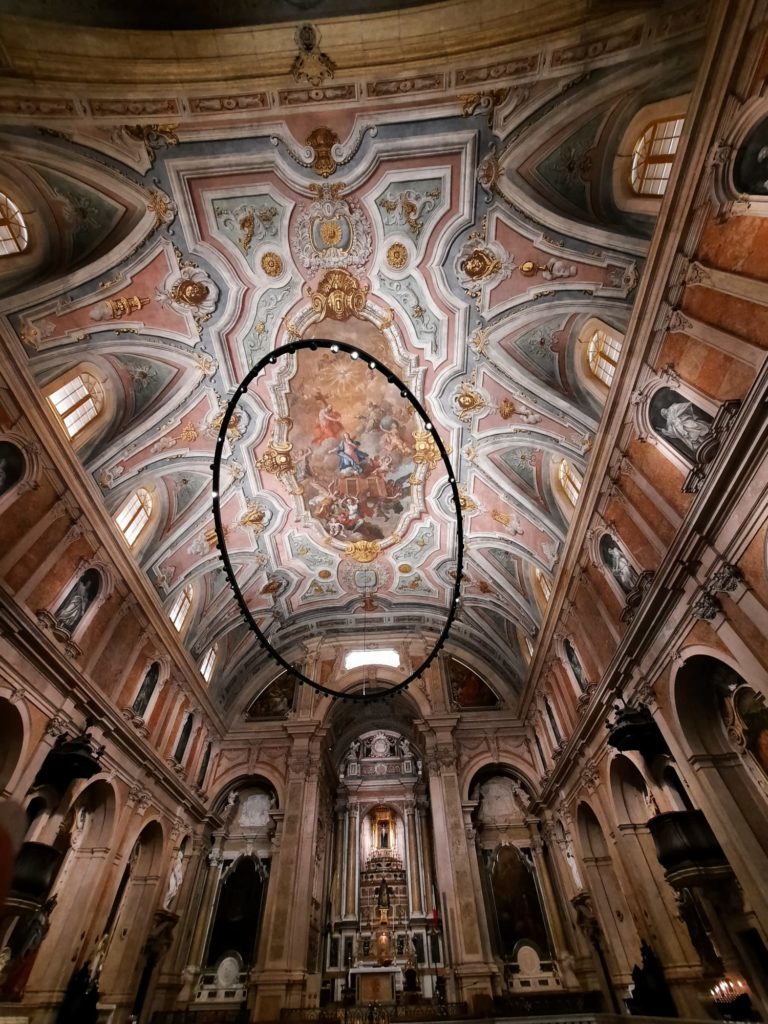
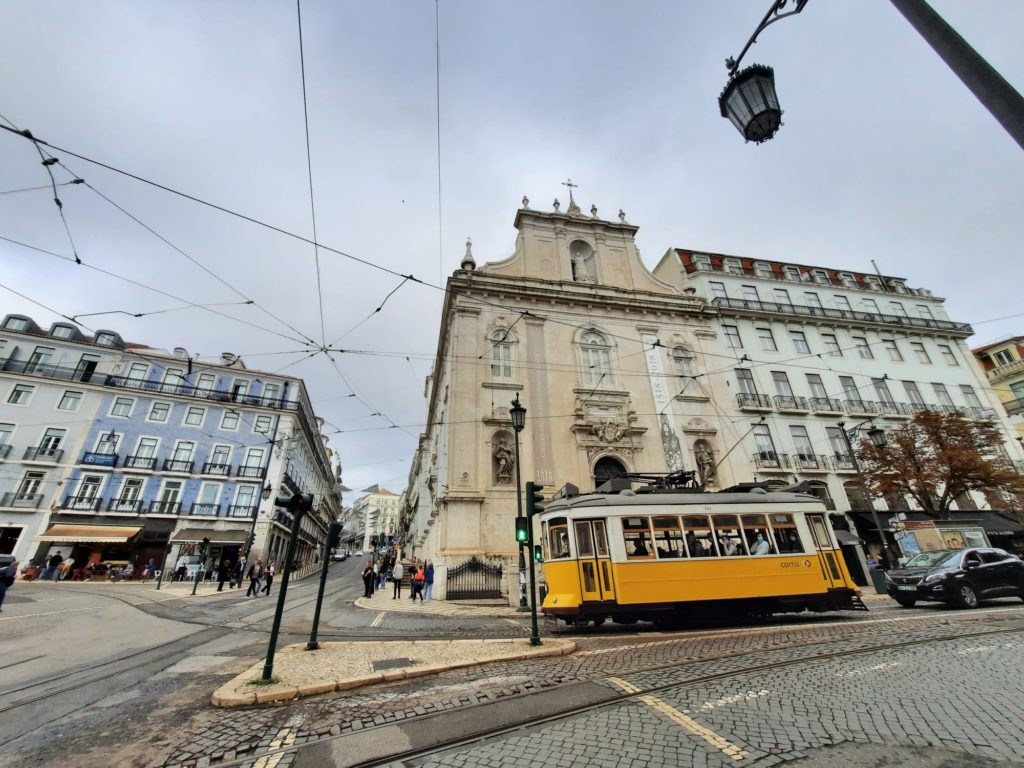
6 thoughts on “Lisbon For Culture Lovers – A Long Weekend Guide”